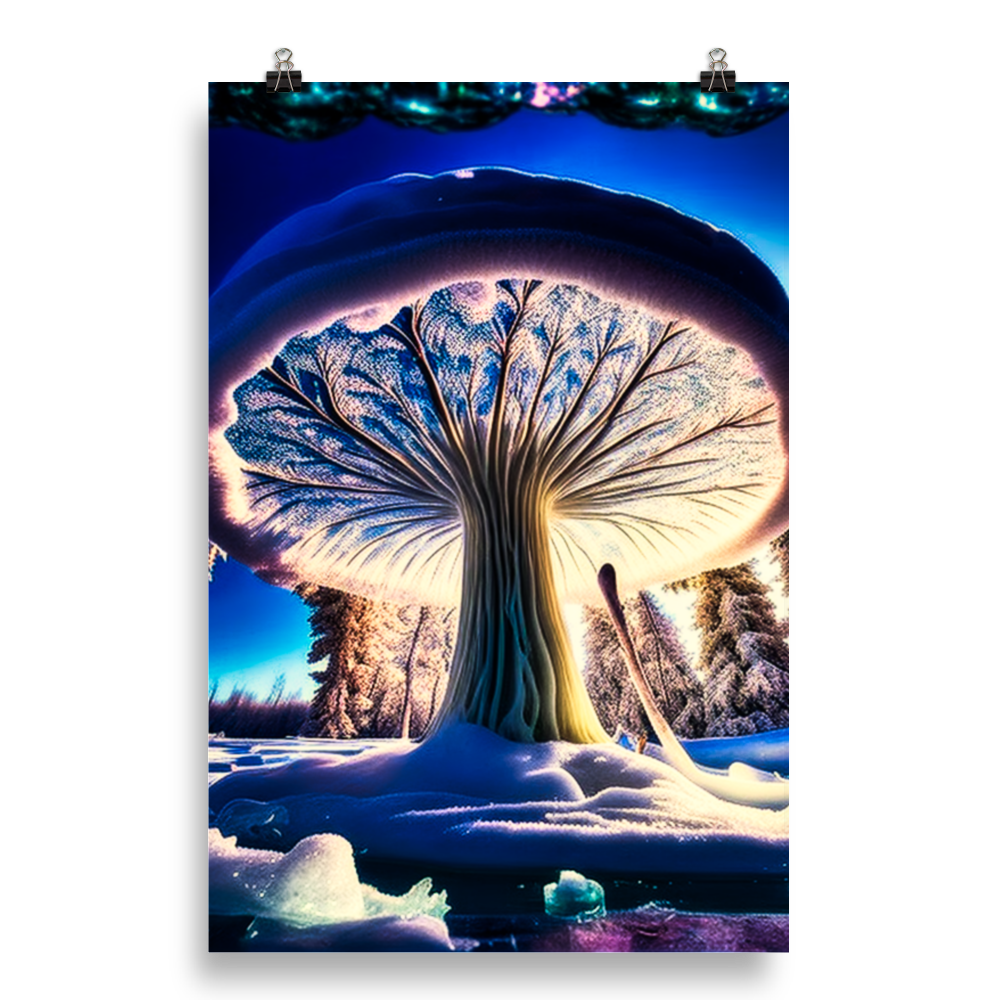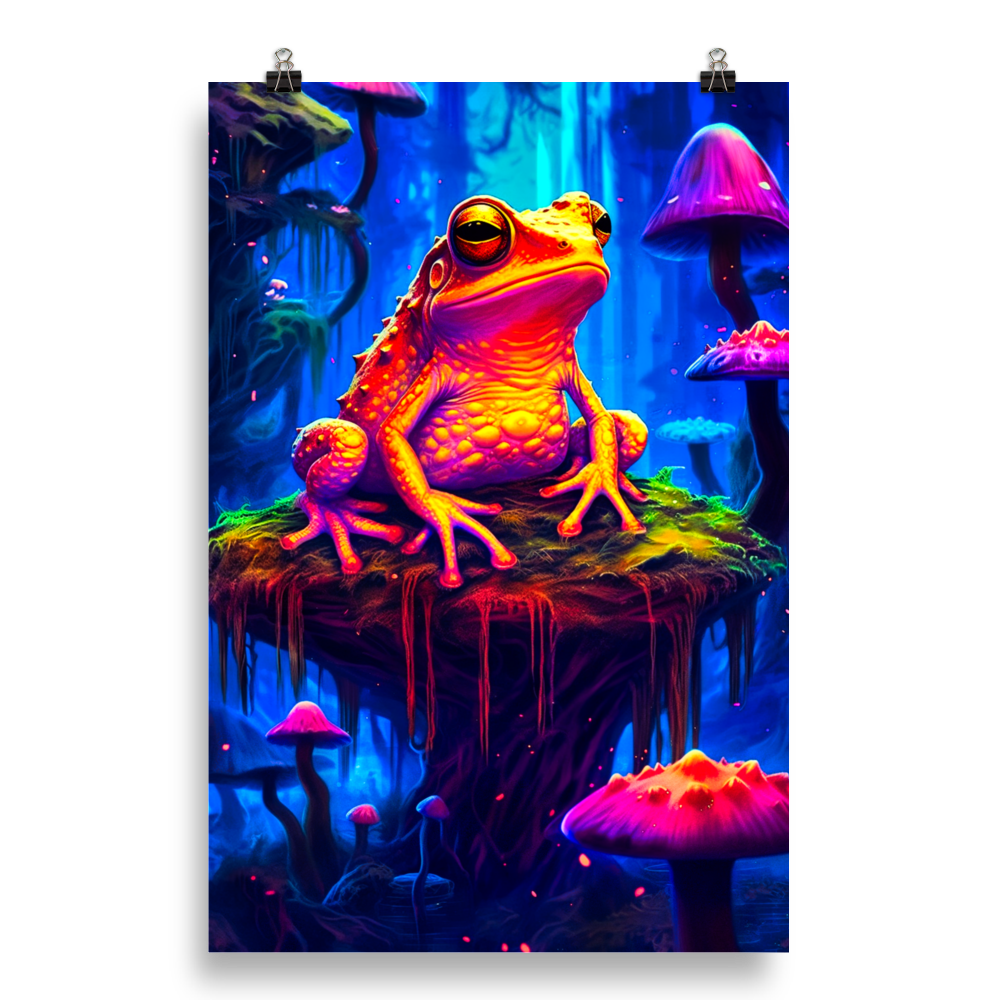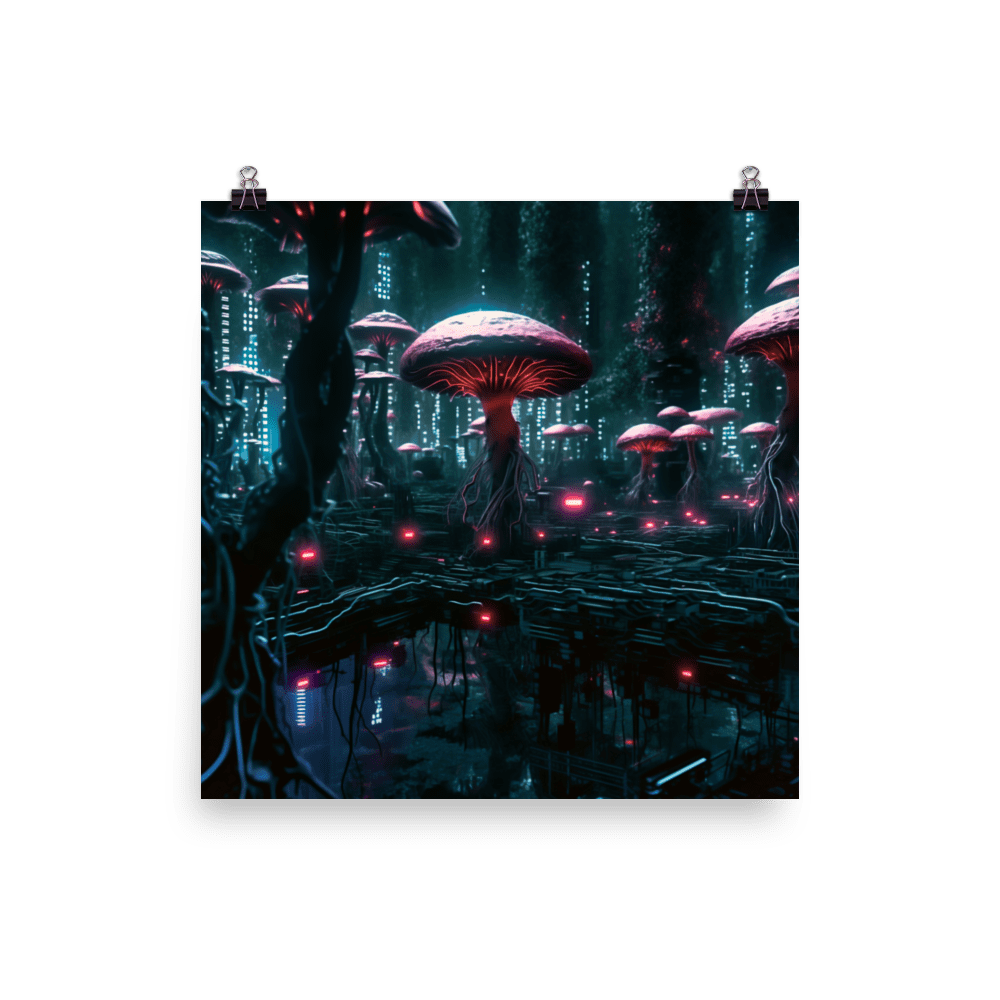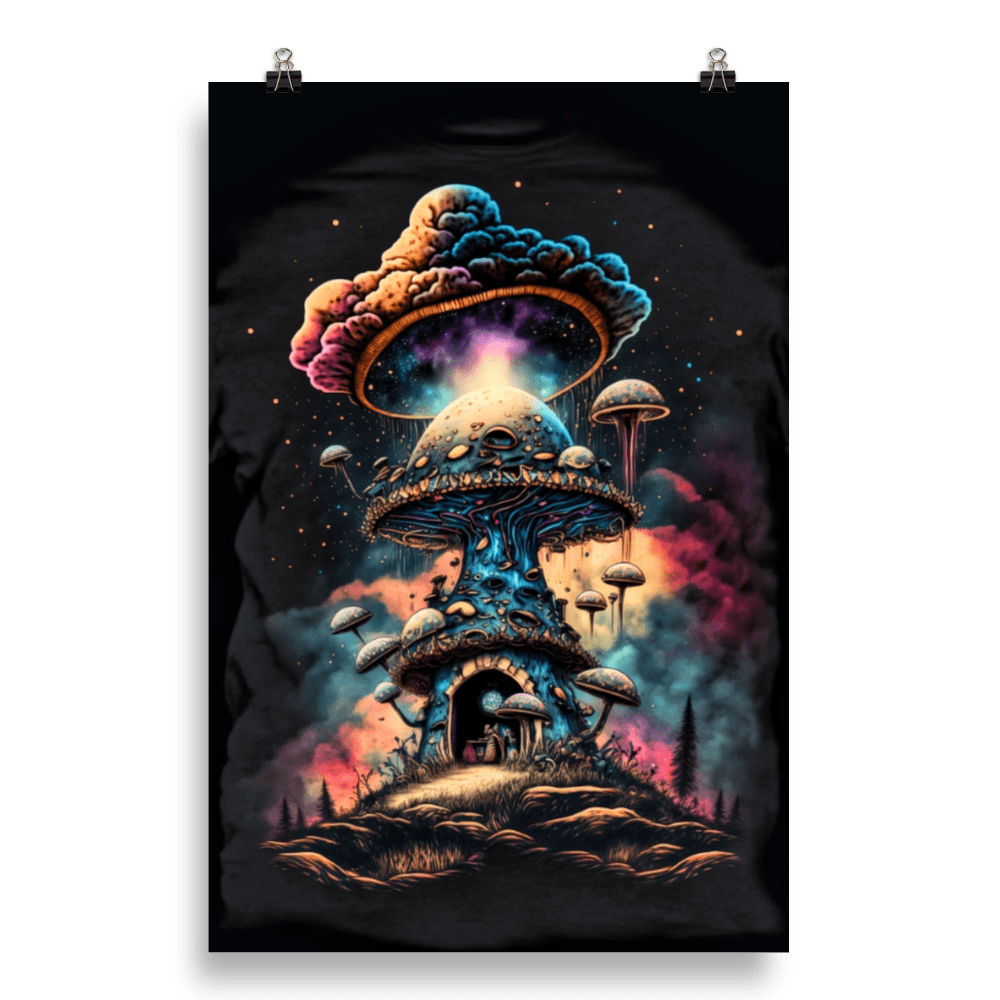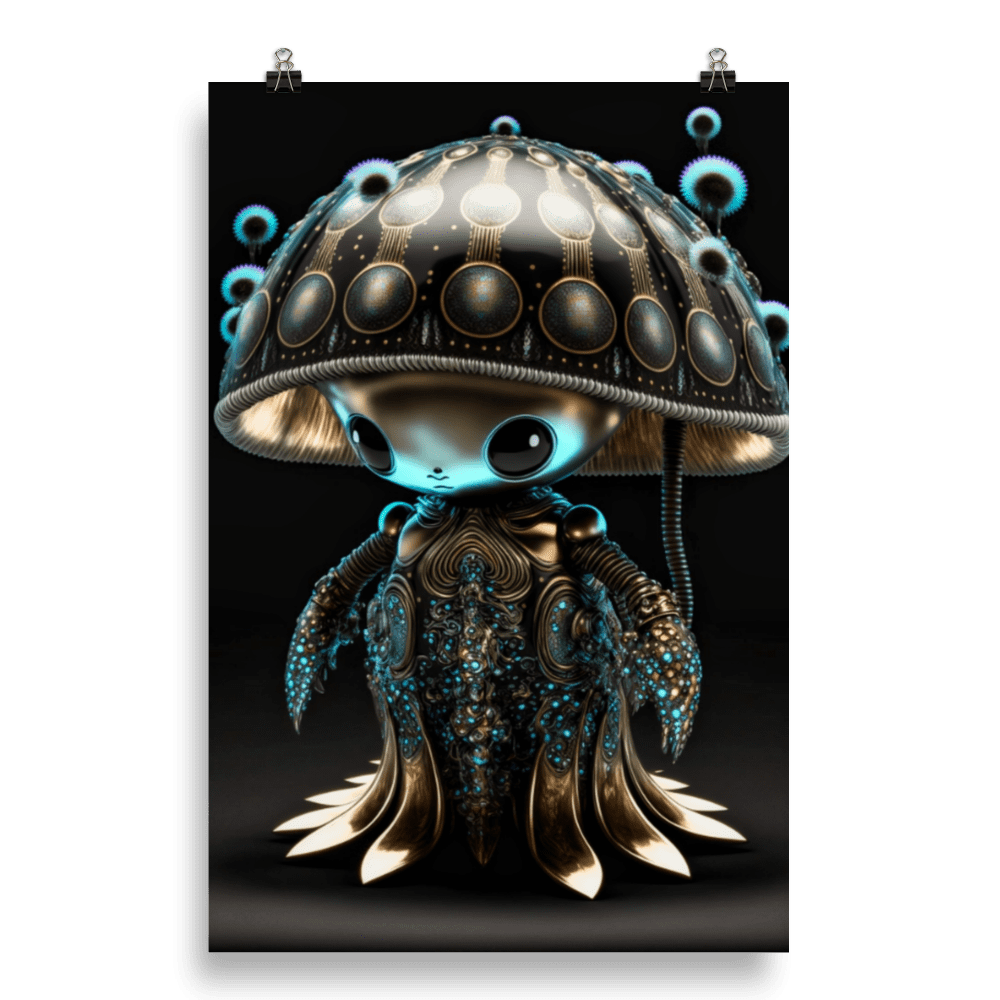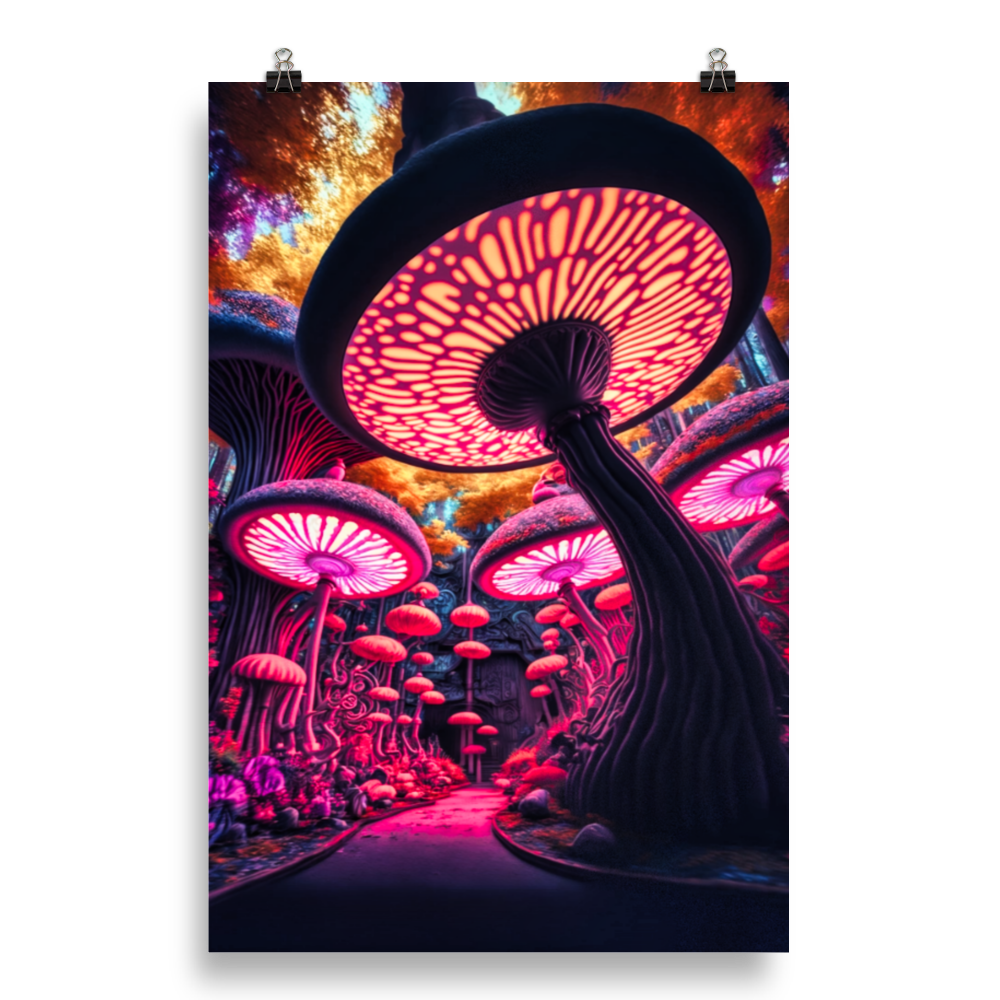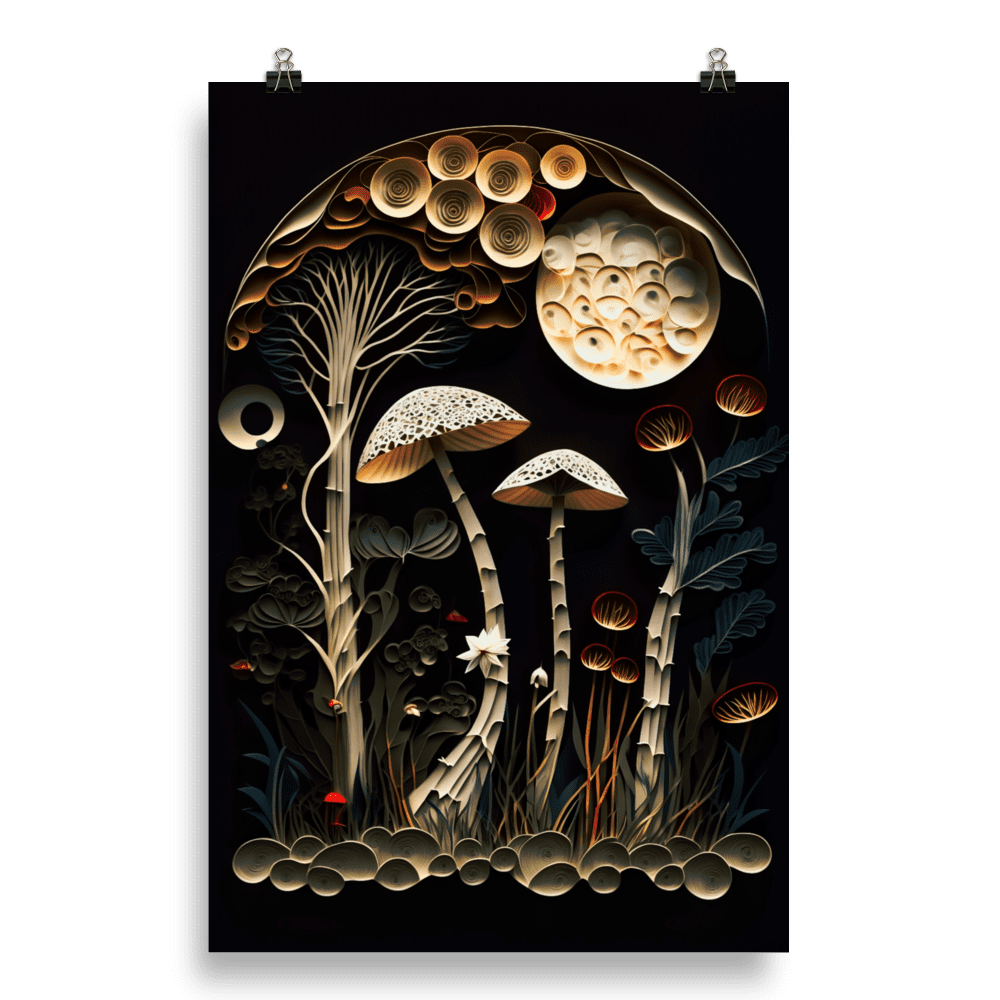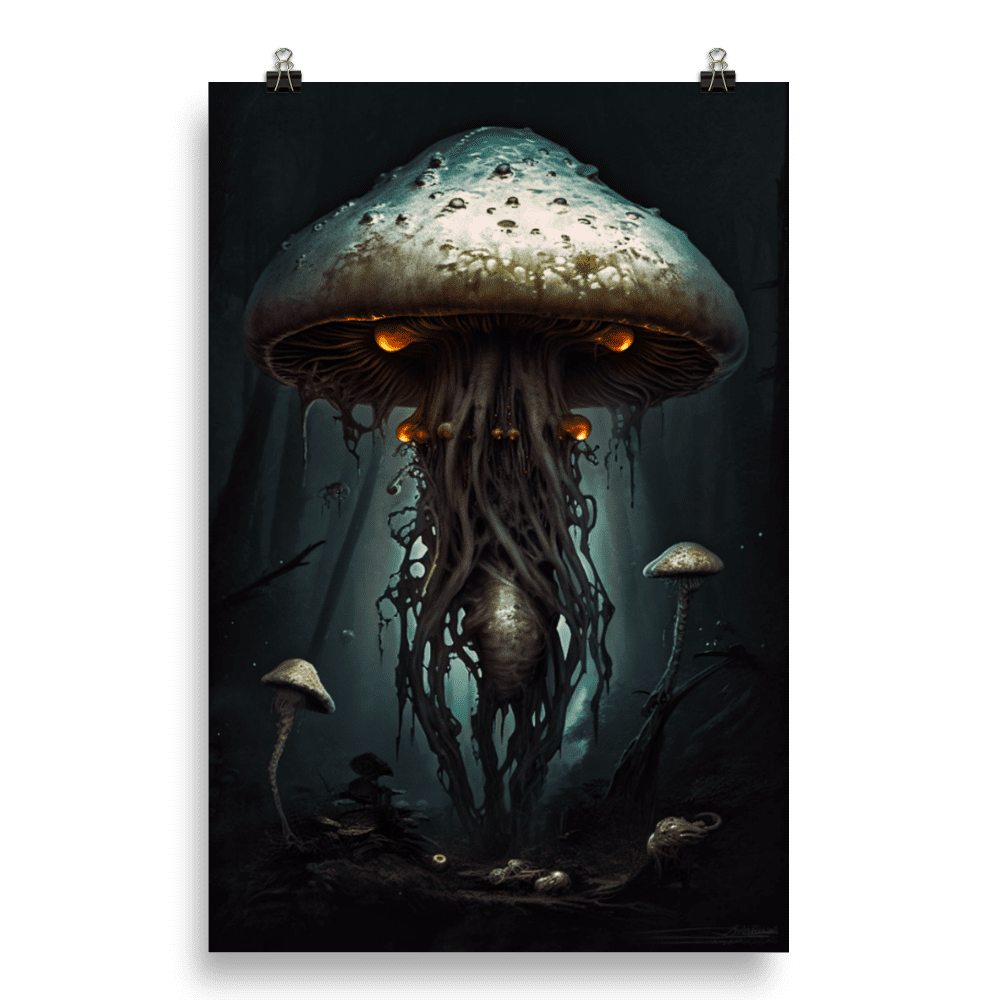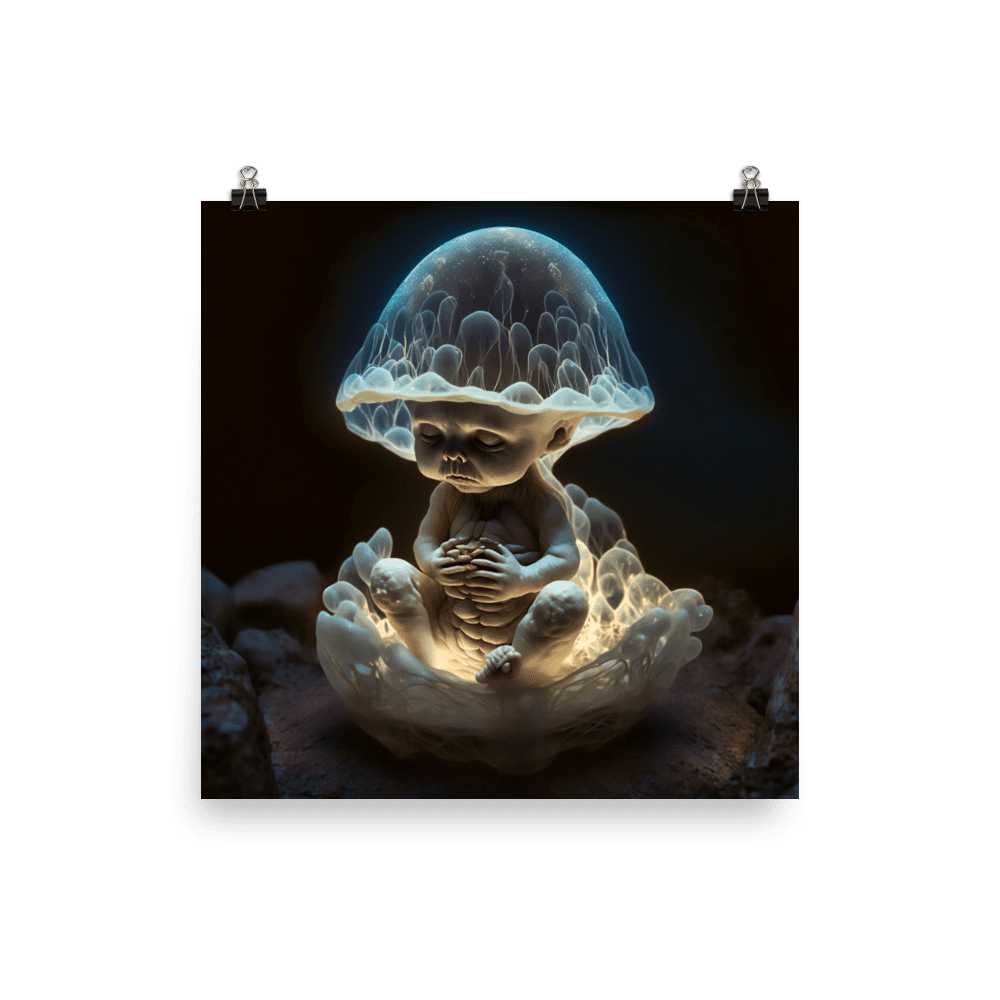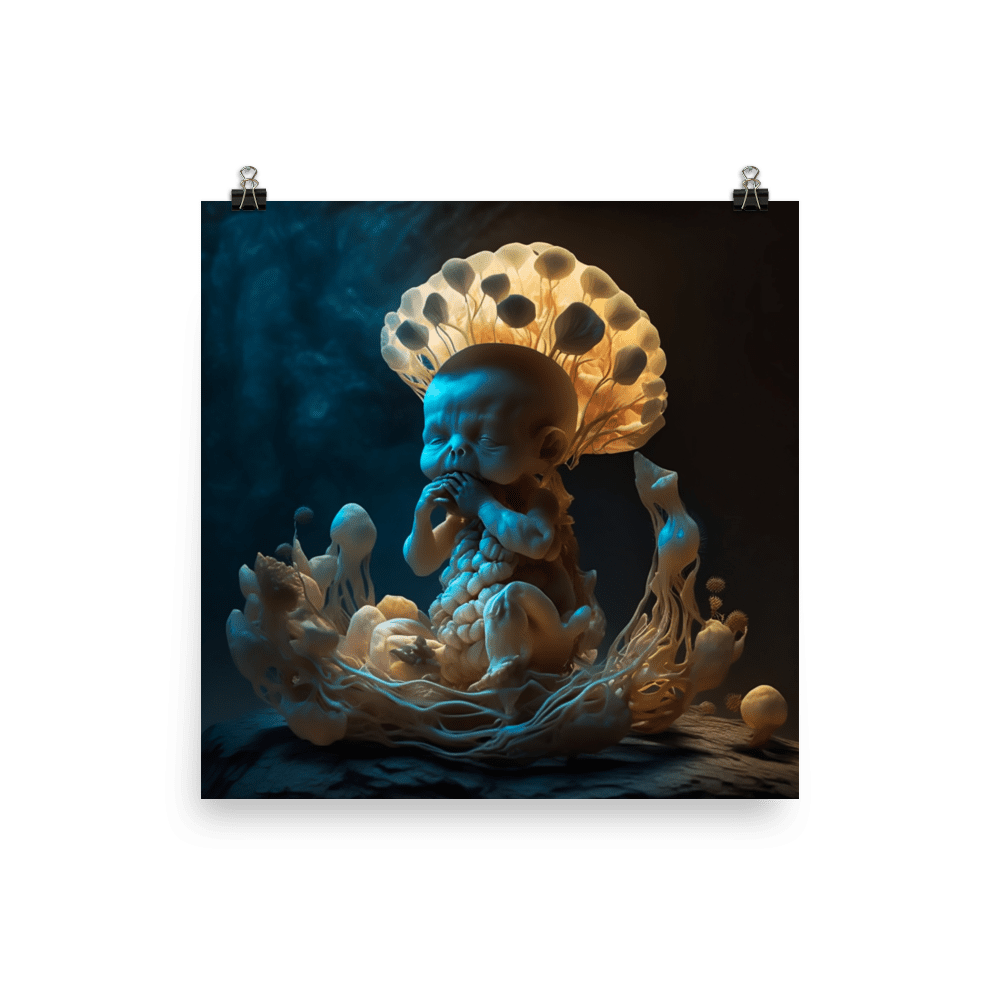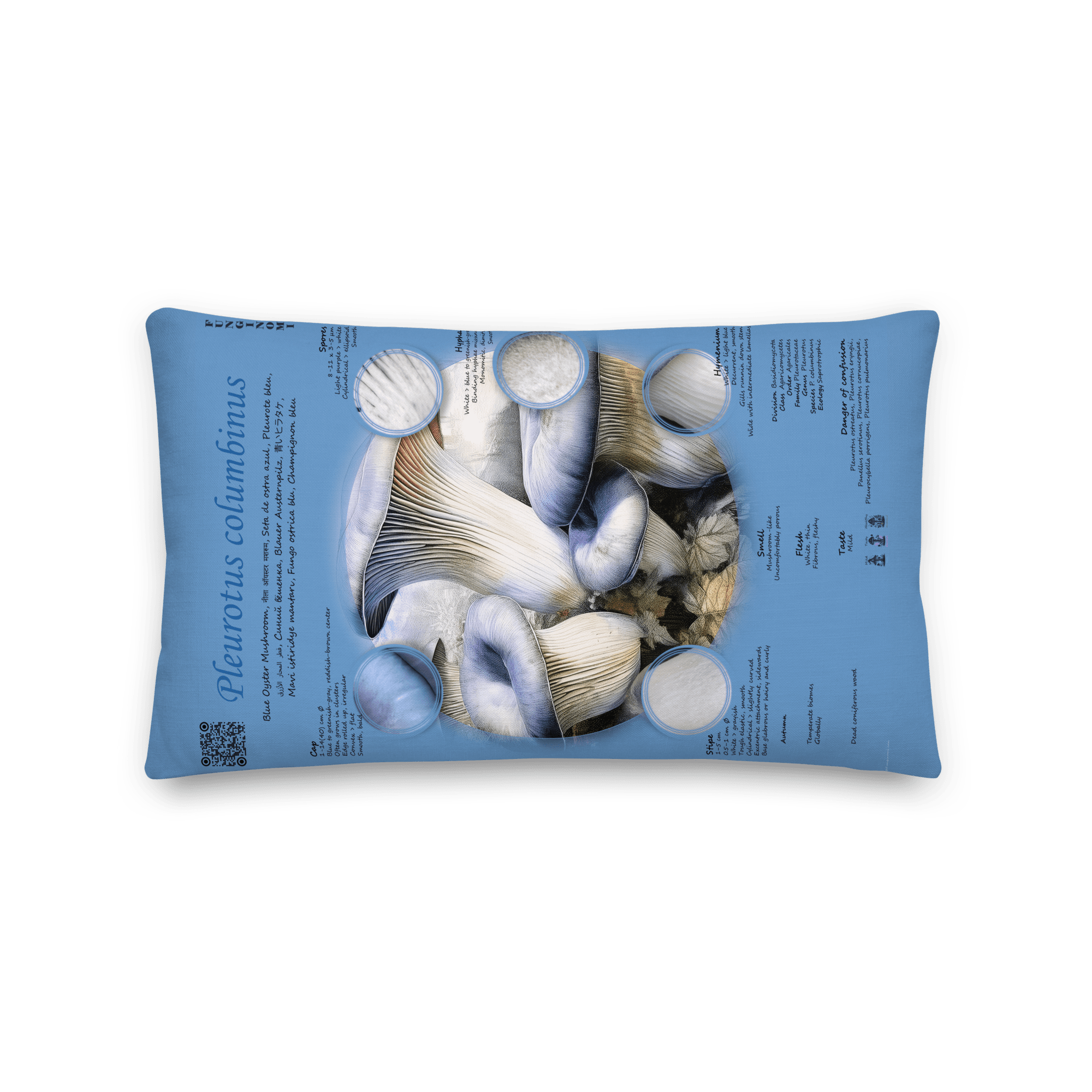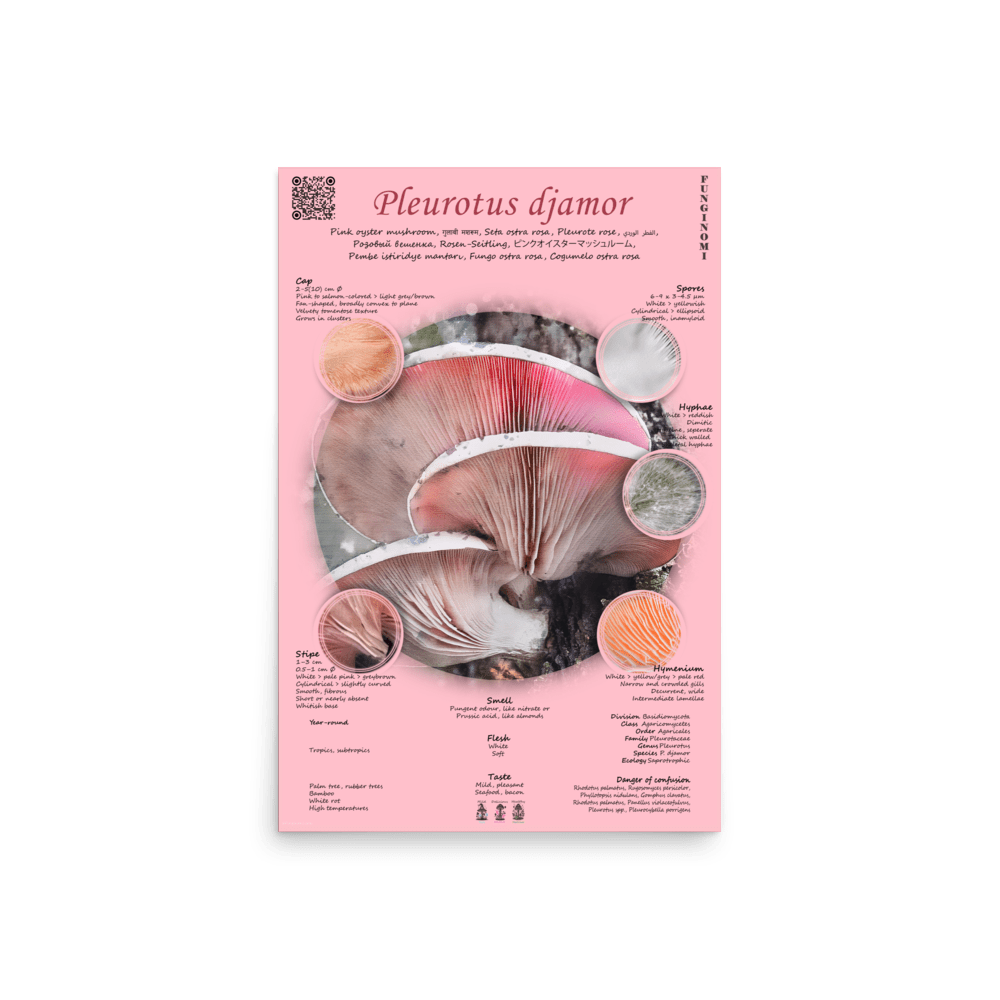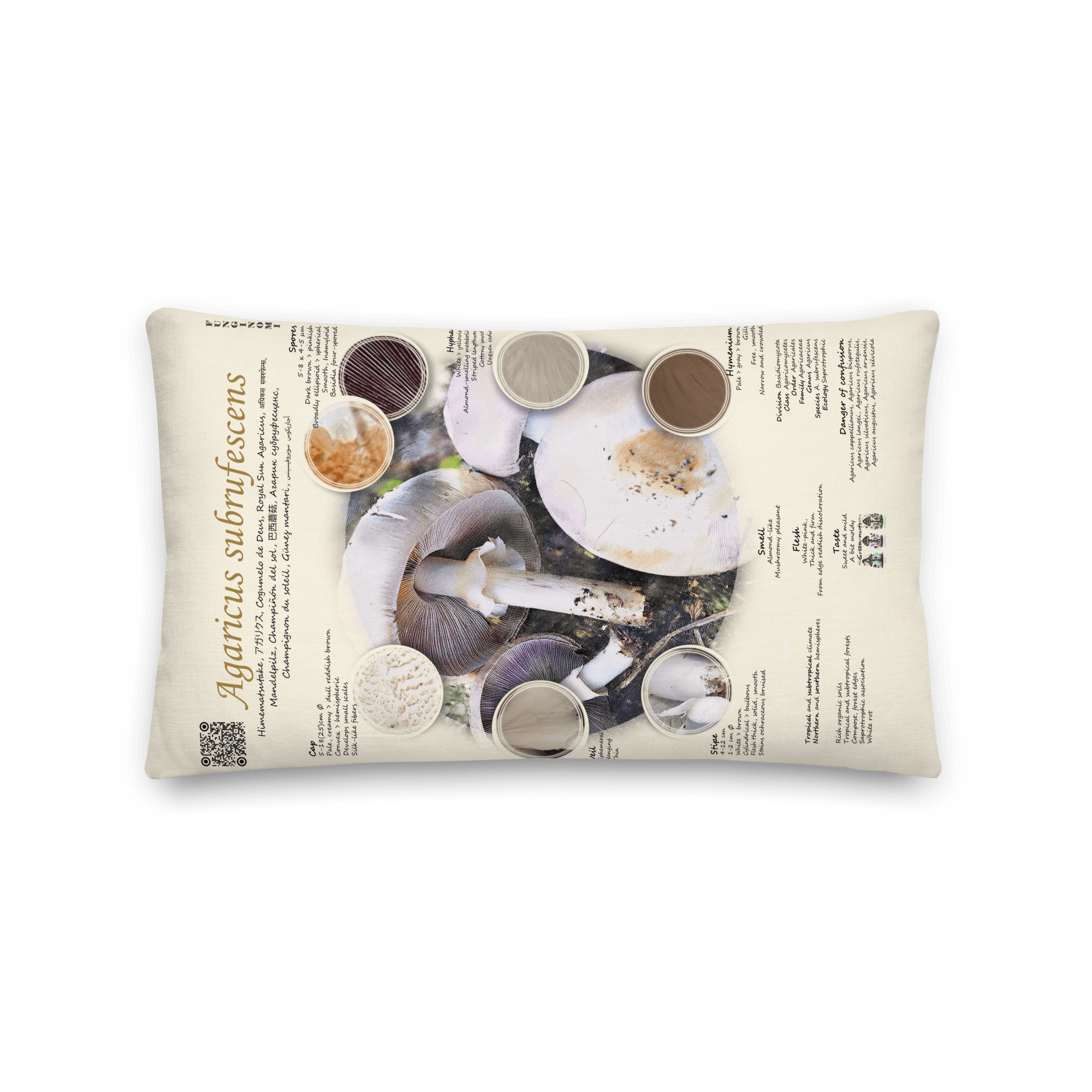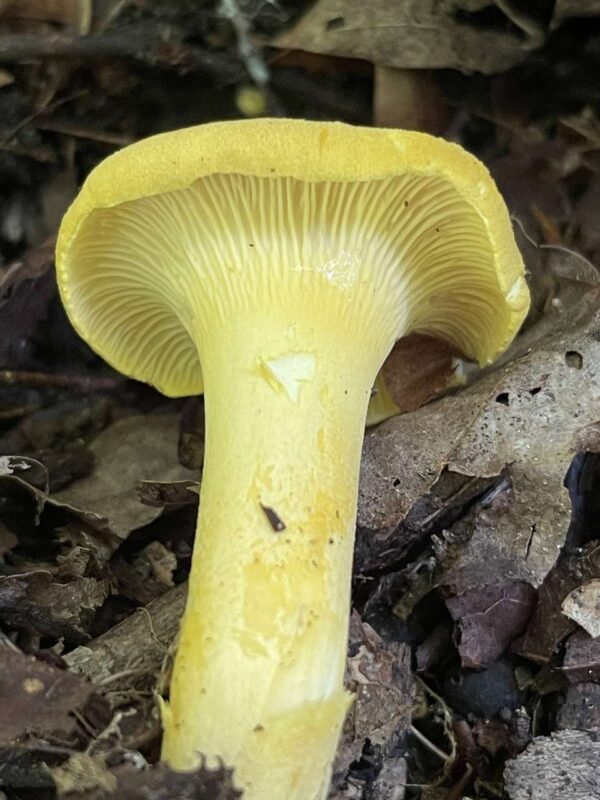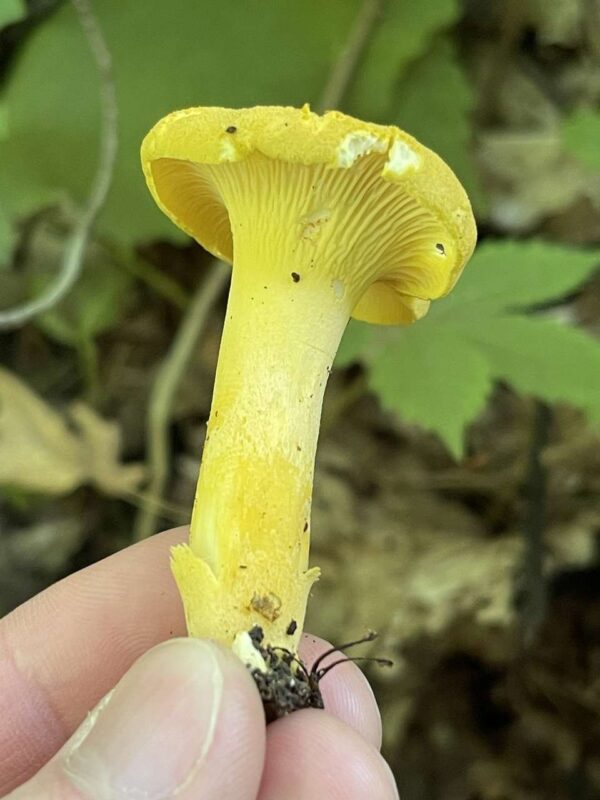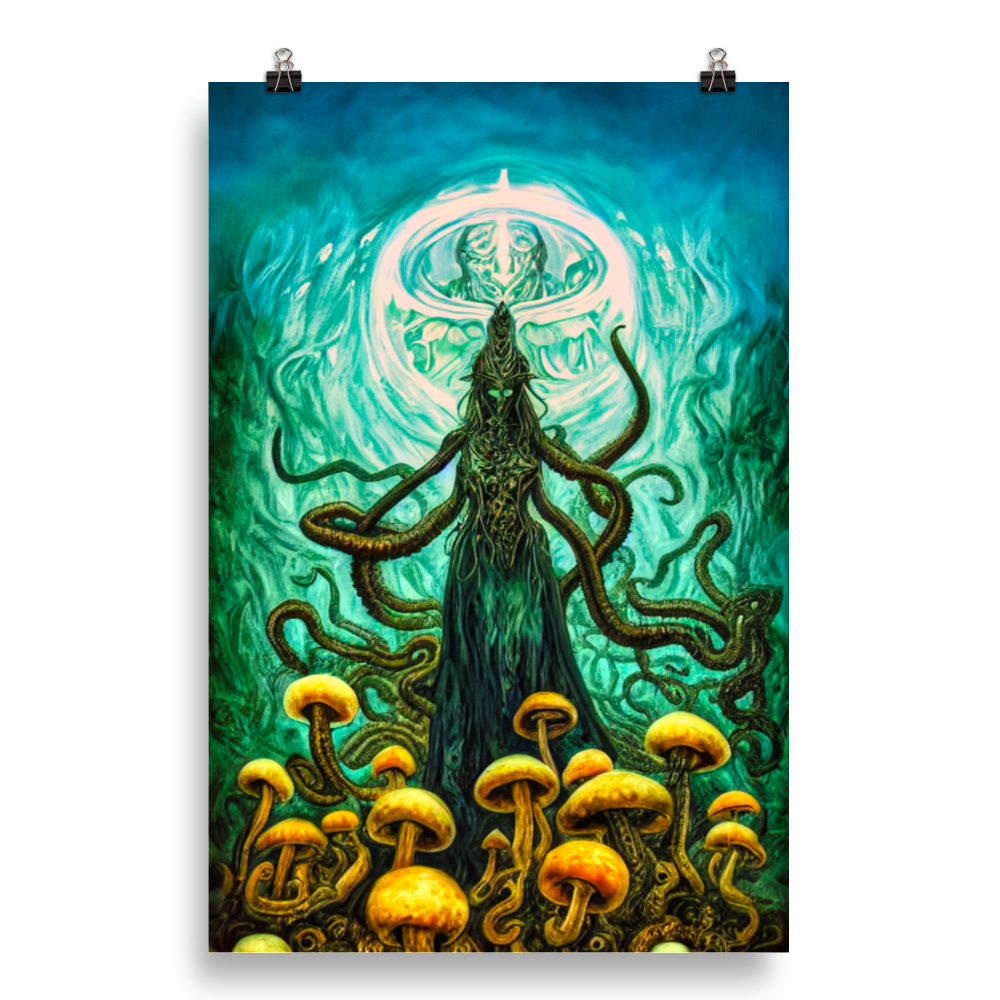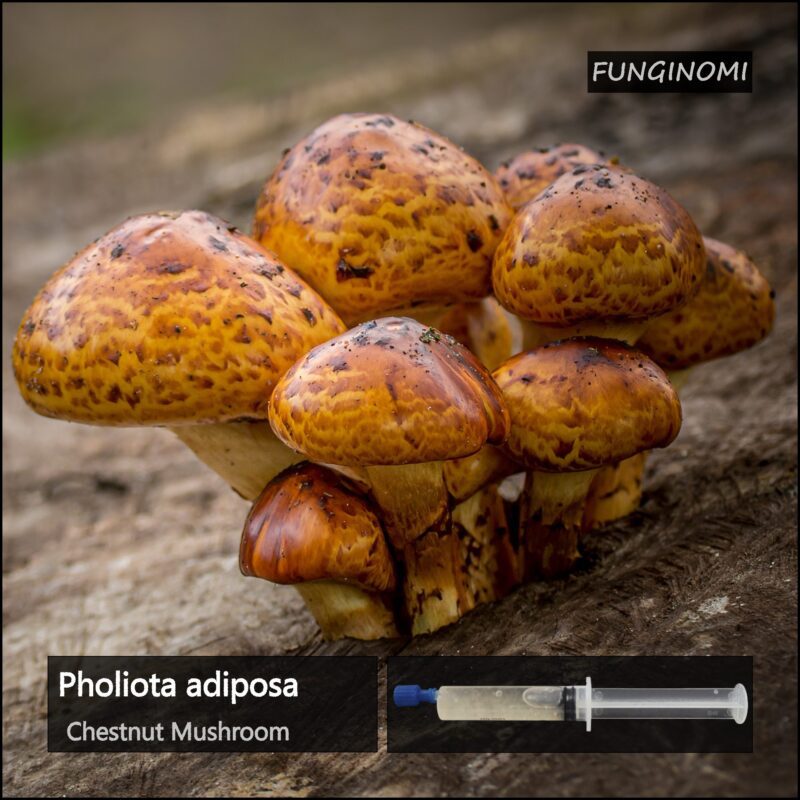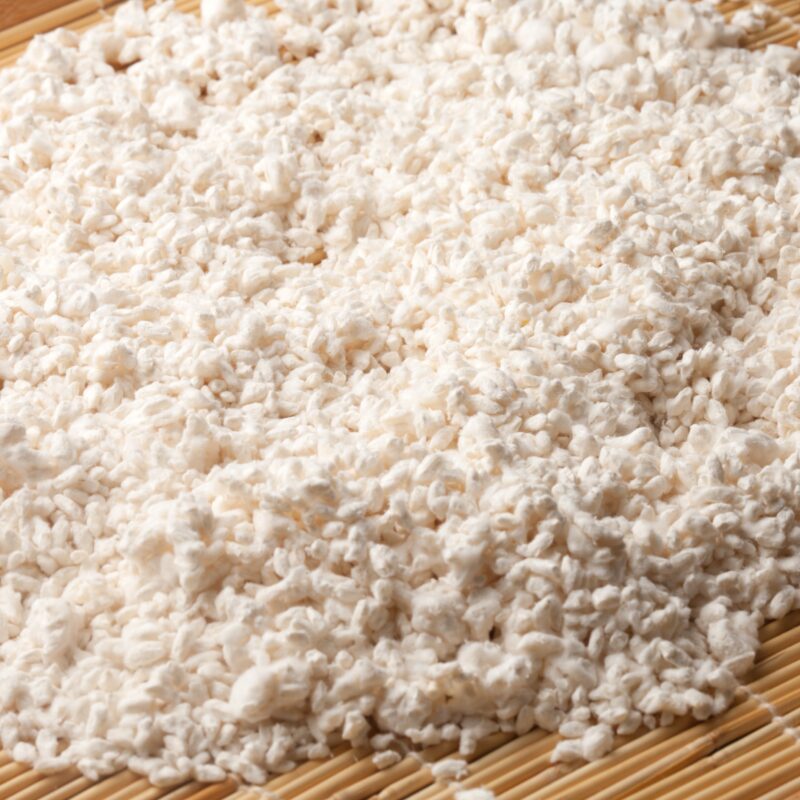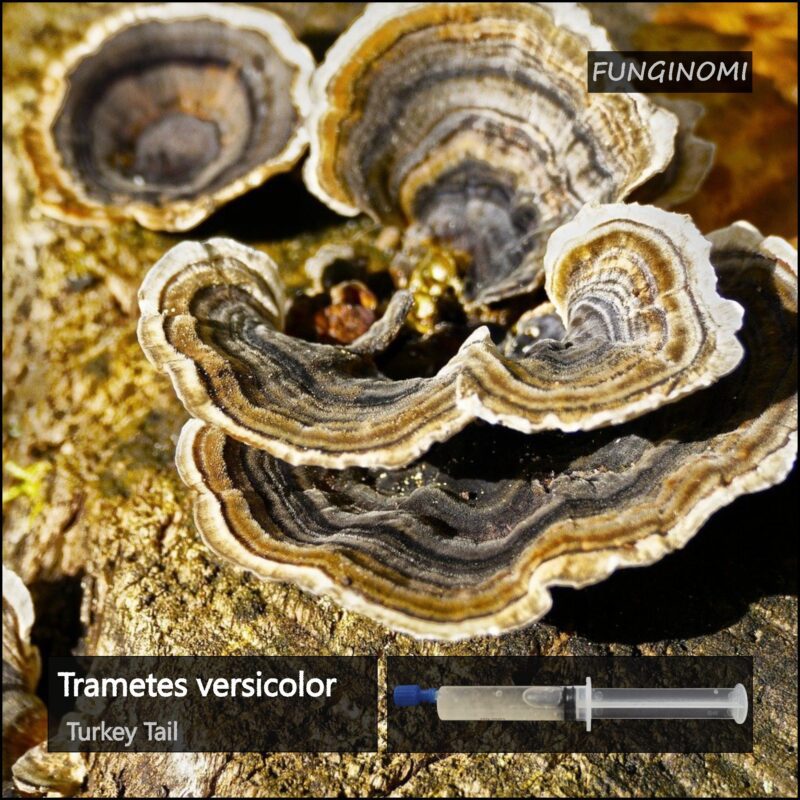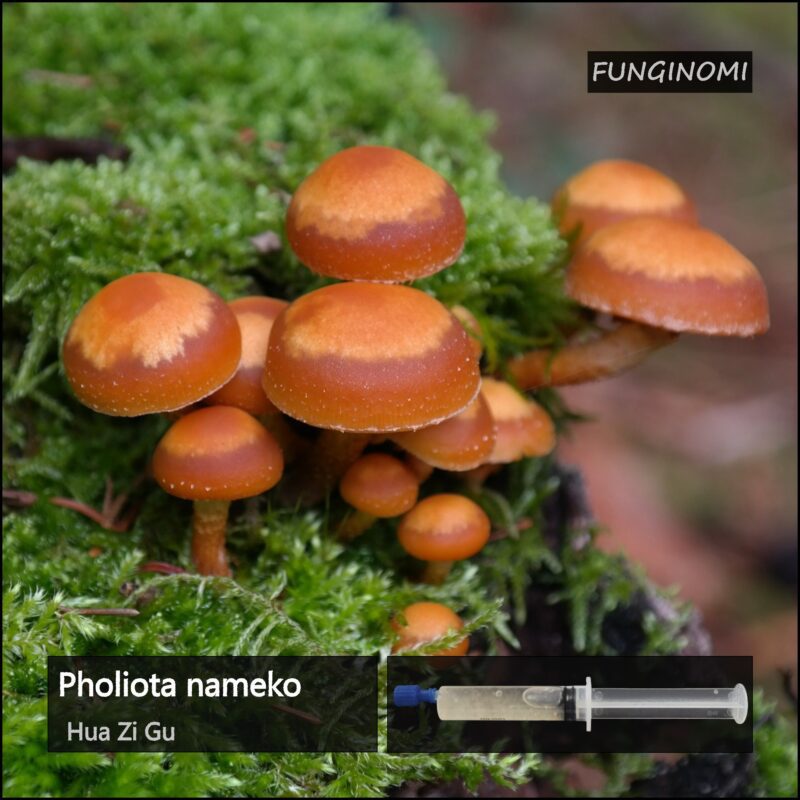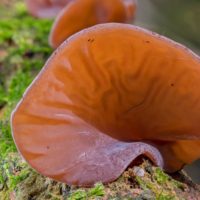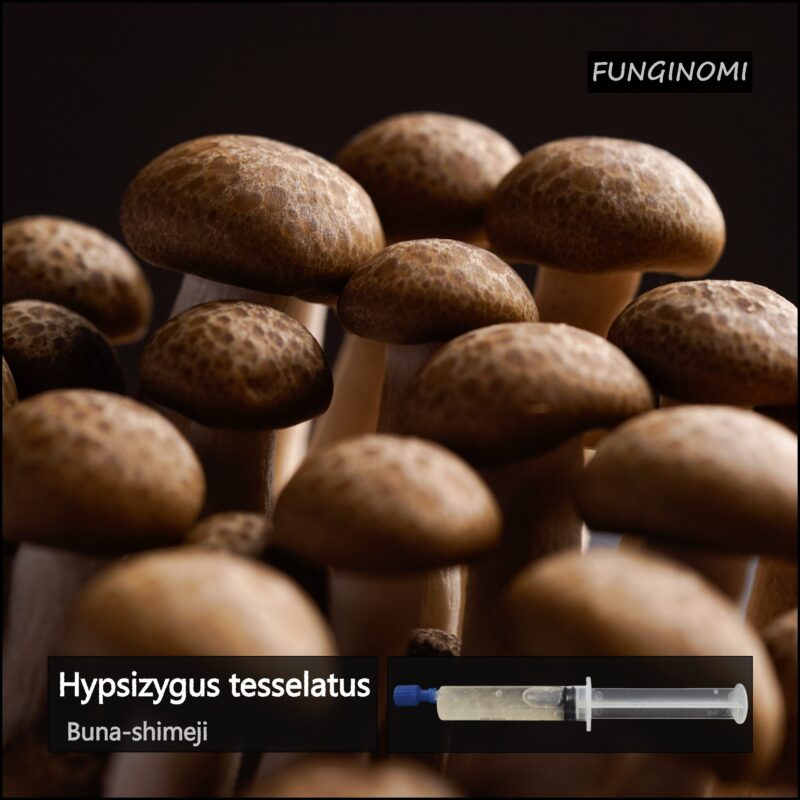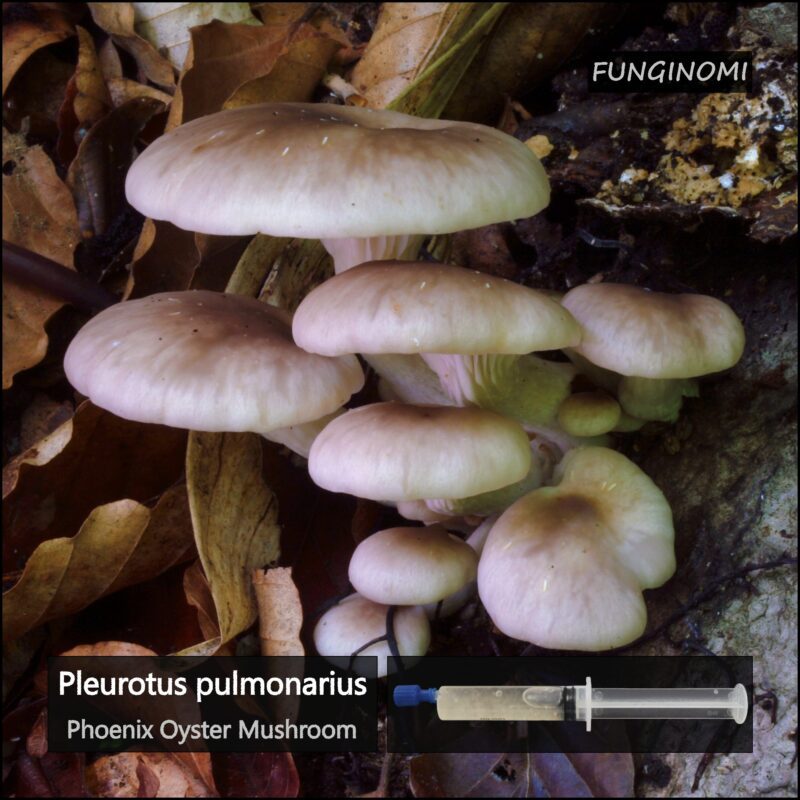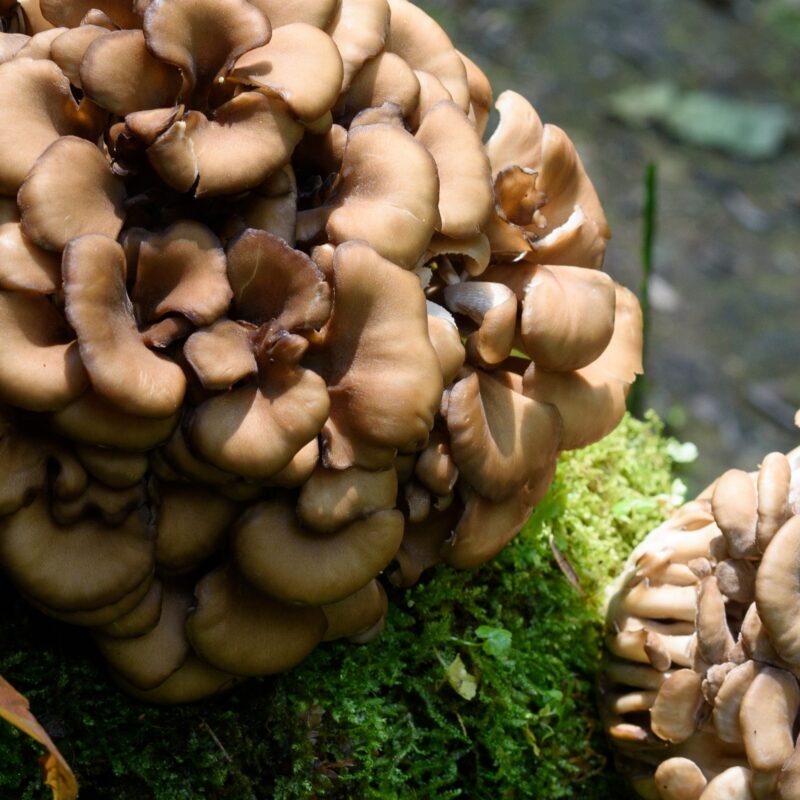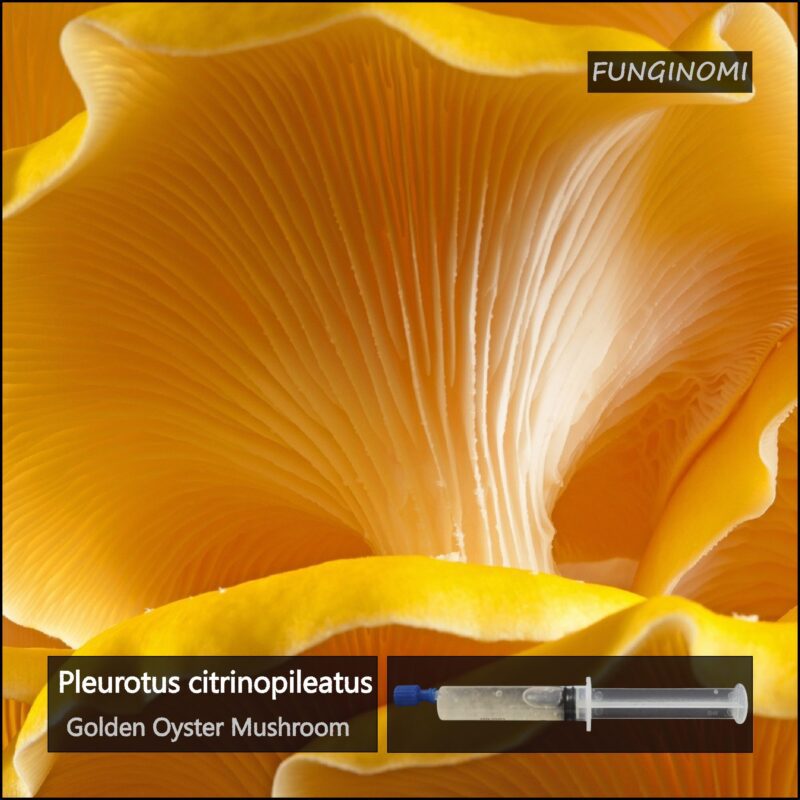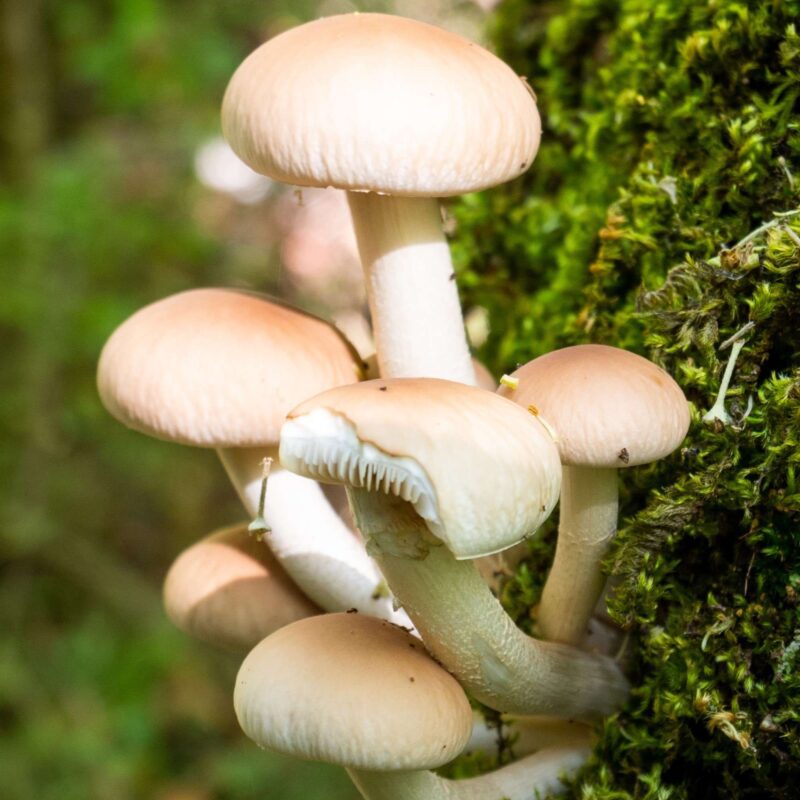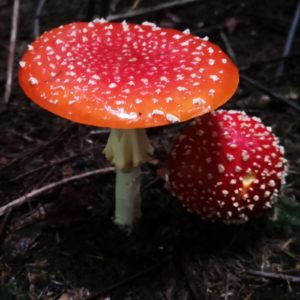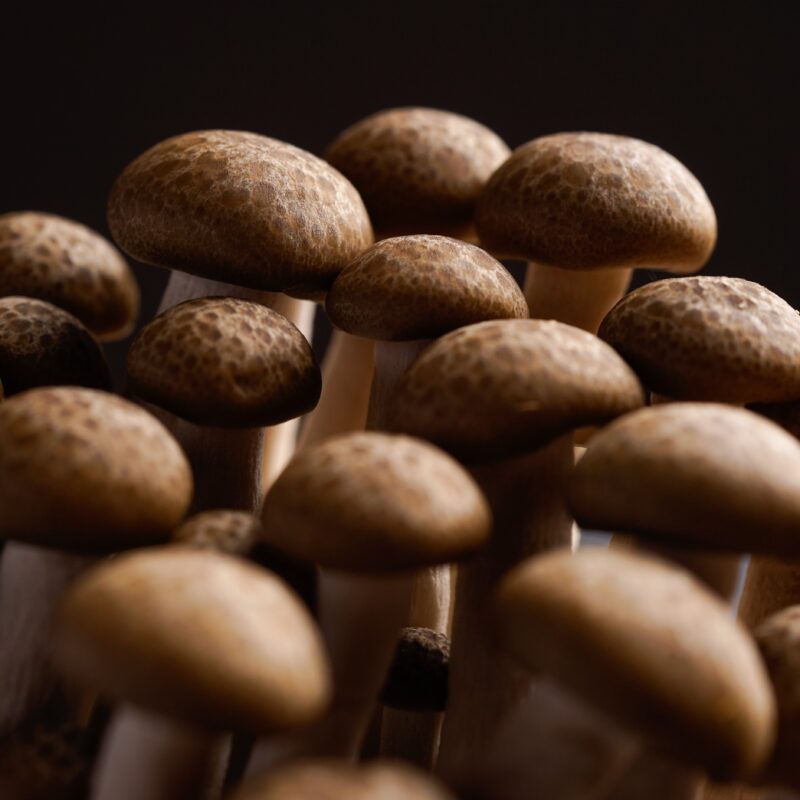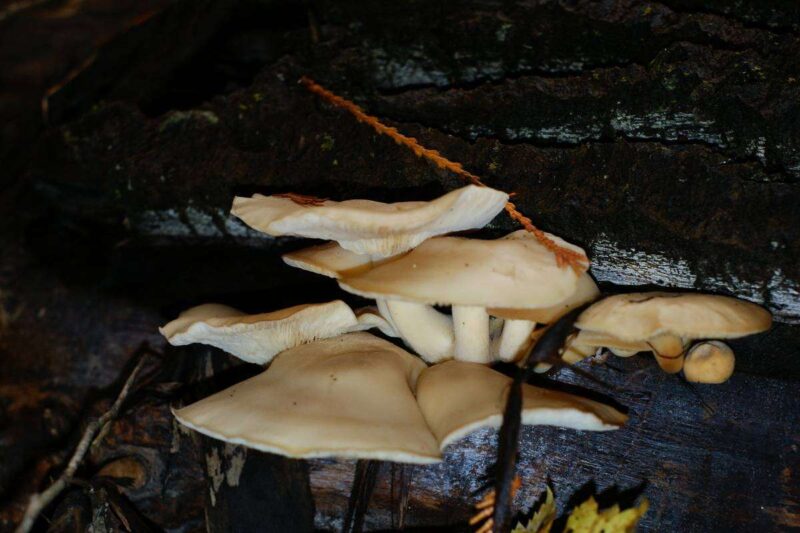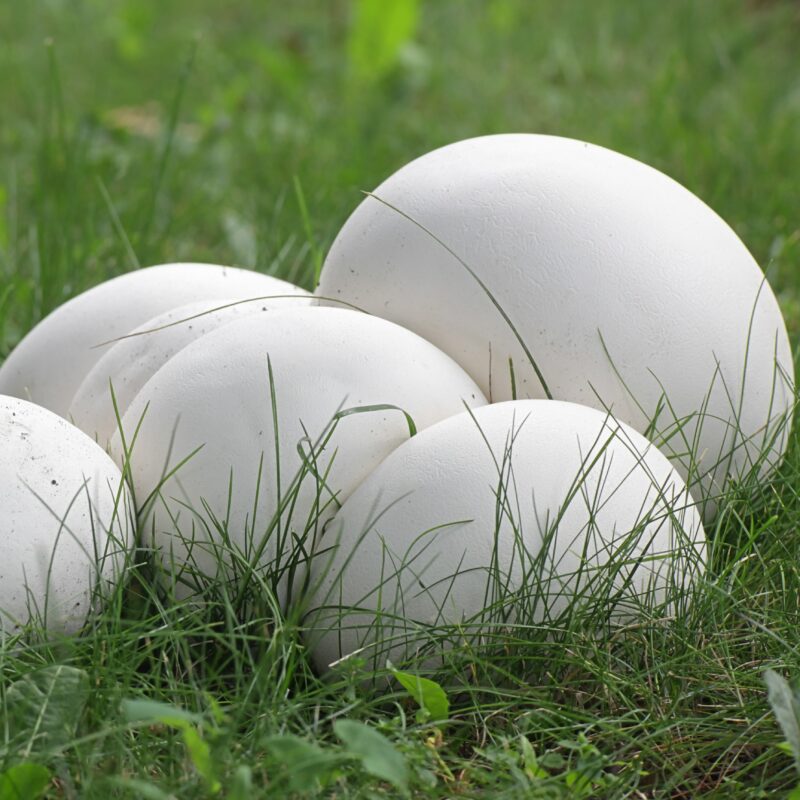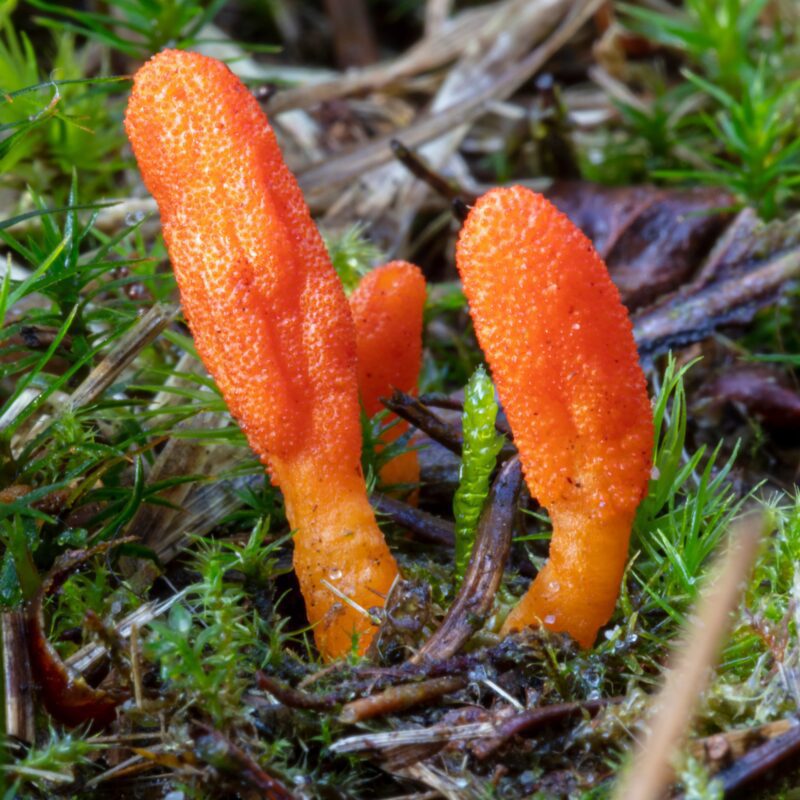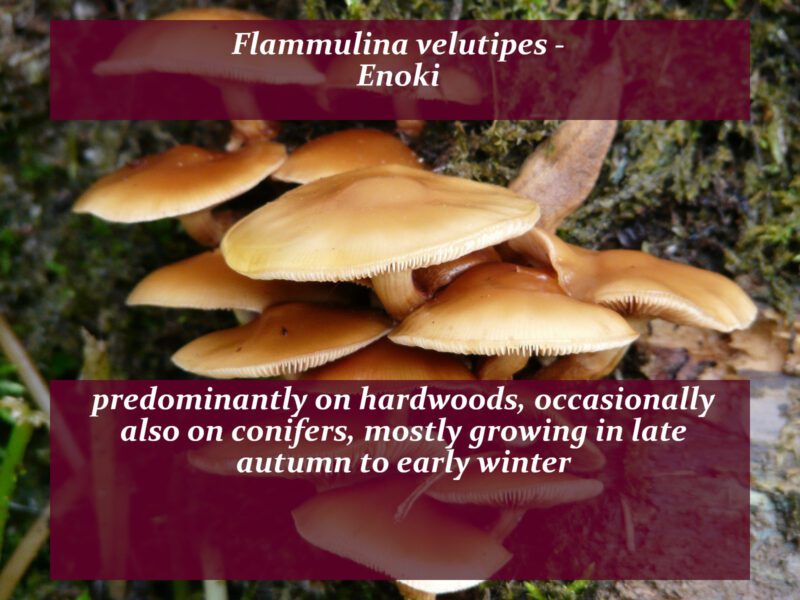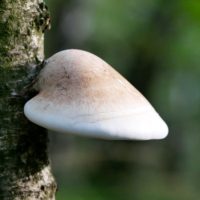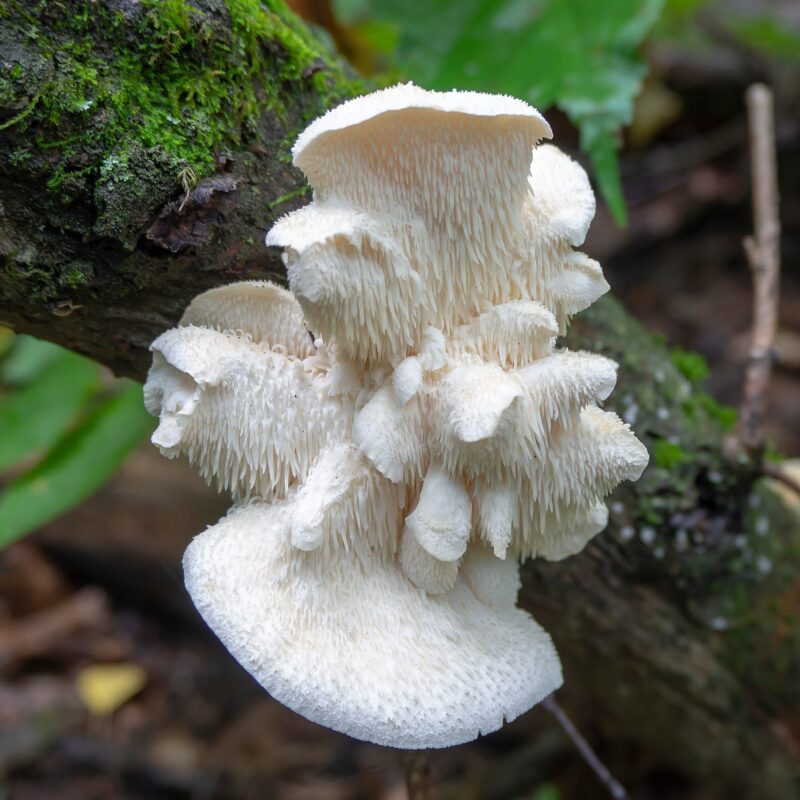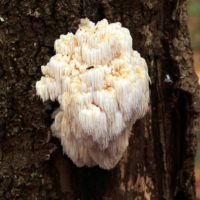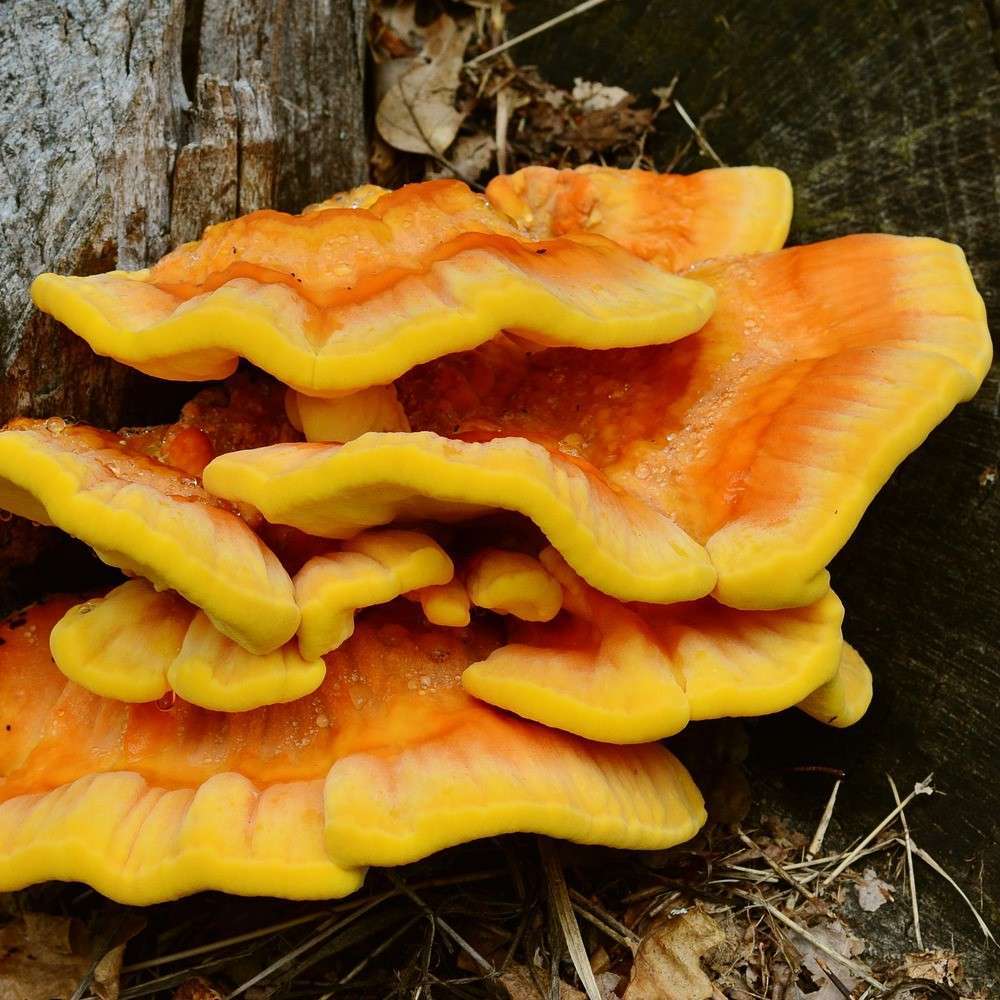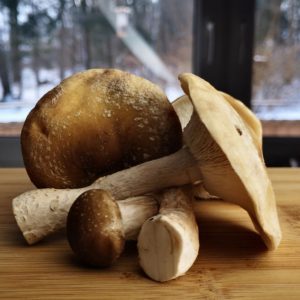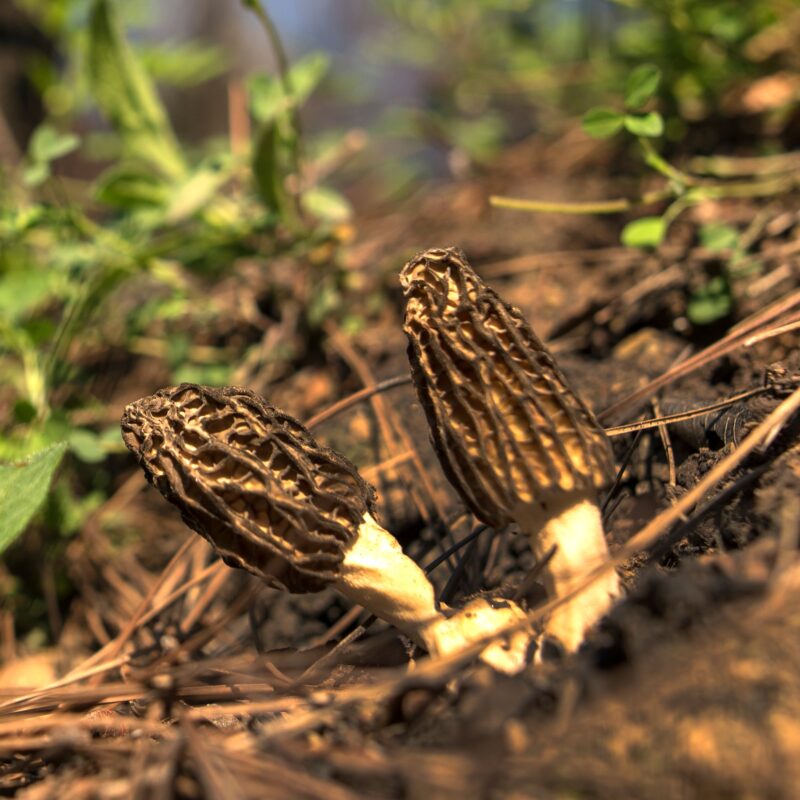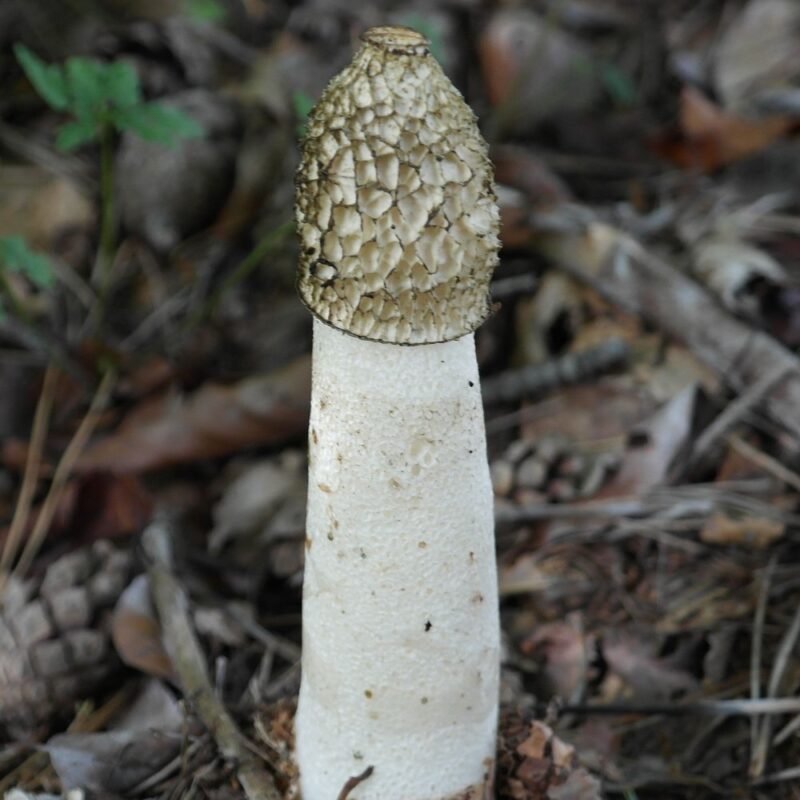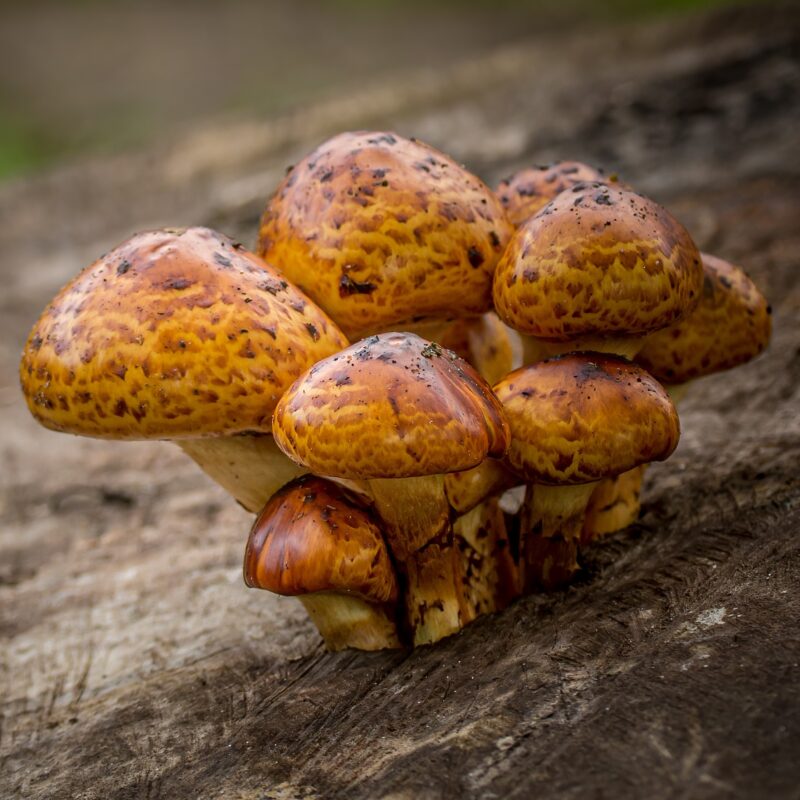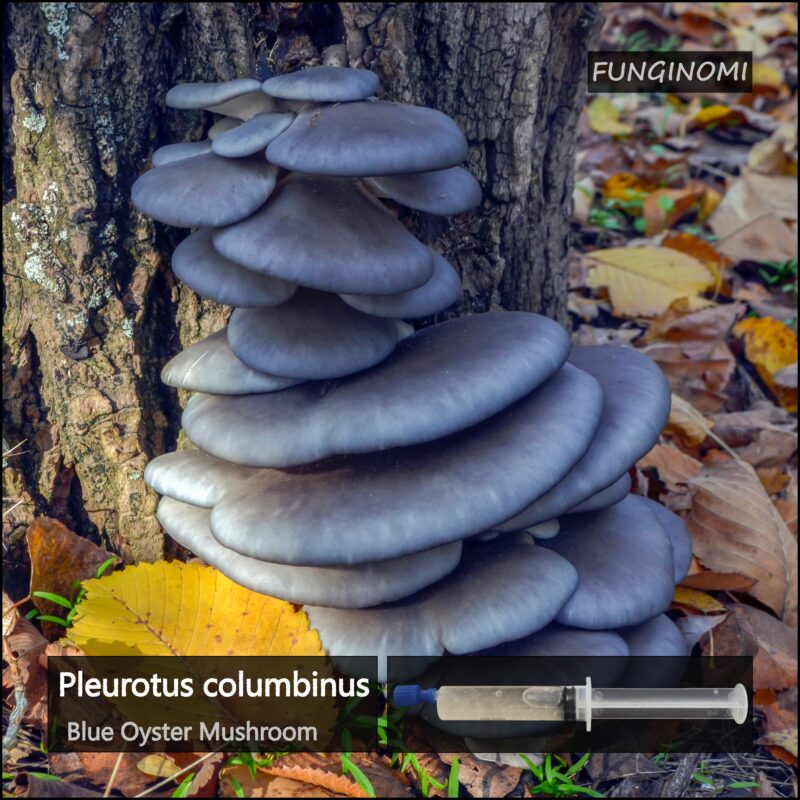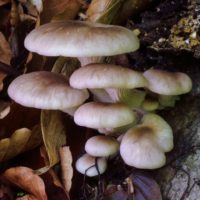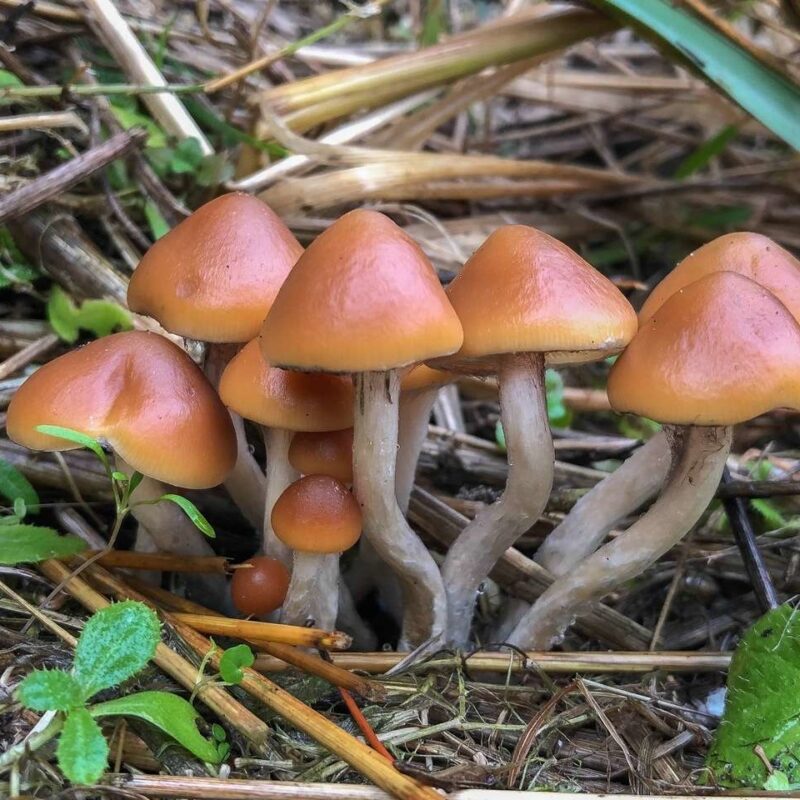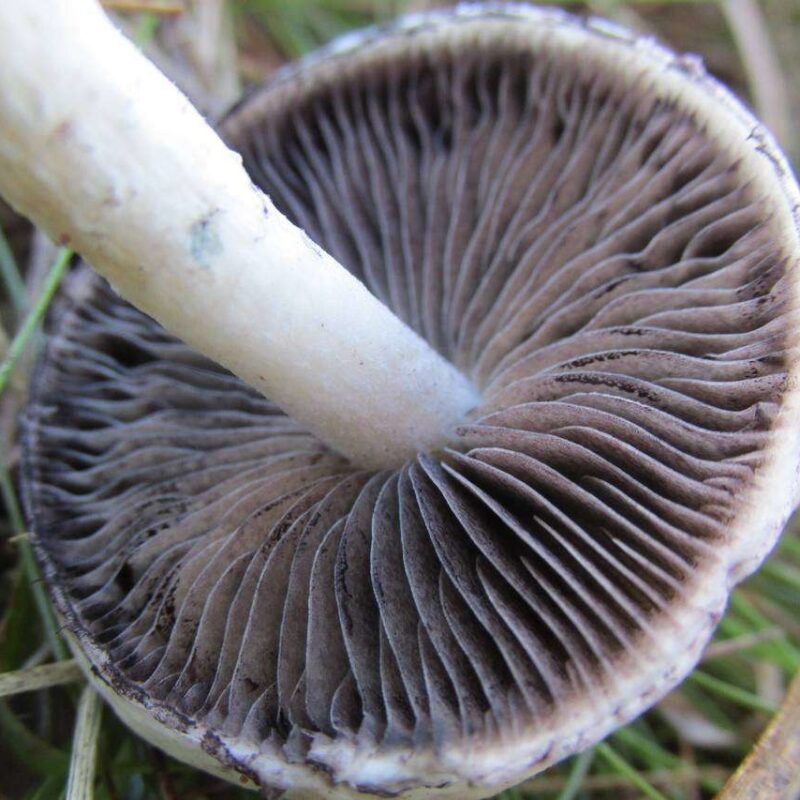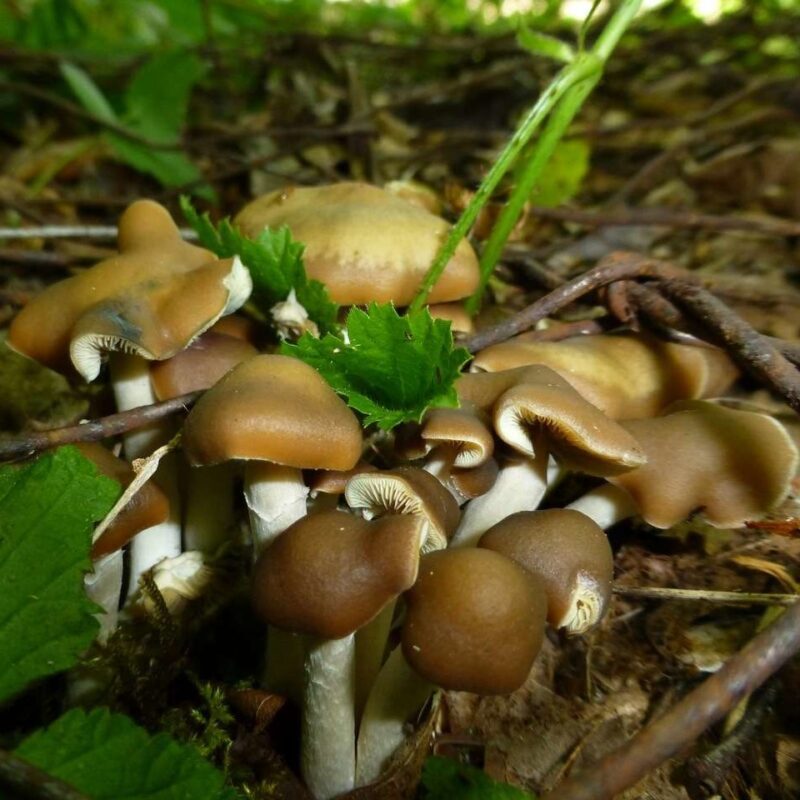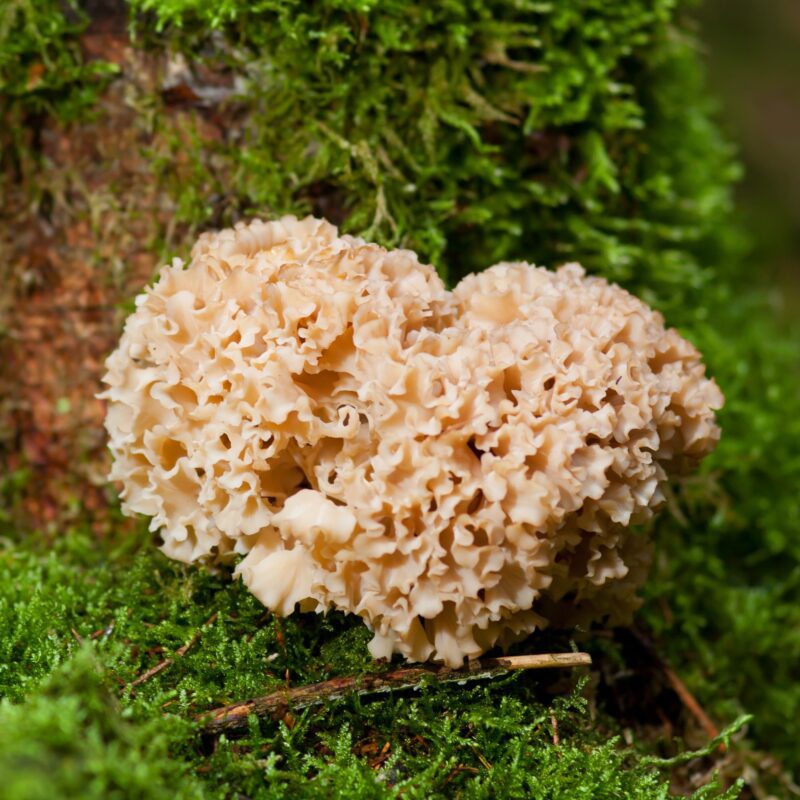Description
The chanterelle (Cantharellus cibarius), also called Eierschwämmchen, in Austria and Bavaria Eierschwammerl and Reherl, in Franconia Gelberle, in Saxony Gelchen, in Switzerland also Eierschwämmli, is an edible mushroom from the family of stubble fungi relatives (Hydnaceae).
Chanterelles offered in Germany mostly come from East-Central European, Baltic and Eastern European countries, but also from the Atlas Mountains.

© Osvaldo (Osvaldo Sandoval)
The chanterelle is a mycorrhizal fungus that forms symbioses with various coniferous and deciduous trees. In Central Europe, the preferred tree partner is the common spruce, followed by the copper beech. In addition, the fungus can be associated with oaks, pines and firs, and rarely with lime trees. The chanterelle colonizes various forest types on moderately dry, base-poor and nutrient-poor soils. In limestone areas, only superficially acidified soils are colonized. It often grows very “gregariously” in young plantations and in more or less open places, only sparsely covered with grasses, perennials and mosses.
Collection August 2024
Grab them, they are hot! 😊
Properties
Active substances with antiviral, antioxidant, anticancer and antibiotic effects have been discovered in all chanterelle species. They are also rich in vitamins and minerals.
All chanterelle species are protected in Germany; they are listed as “specially protected” in Appendix 1 of the Federal Species Protection Ordinance. They may be collected in small quantities for personal use.
The true chanterelle is a fairly common mushroom. Threatening factors include long-term lack of precipitation, groundwater lowering, forestry intervention and soil compaction by forestry machinery and much trodden forest areas. It is on the Red List in many countries and is therefore restricted for collection.
Chanterelles contain per 100 grams about 6.9 g of carbohydrates (including 1.2 g of sugar), 3.8 g of fiber, 0.5 g of fat and 1.5 g of protein. The nutritional value is 134 kJ (32 kcal).
Growing
How to Grow Cantharellus cibarius?
—
PH Levels
Inoculation Phase
–
Spawn Run
–
Fruiting Phase
–
Harvest
–
Any Sale Helps us Doing what we Love 😊
S
|
P
|
F
|
|
|---|---|---|---|
Temp °C |
20 | 22 | 22 |
Relative Humidity % |
90-100 | 85-95 | 90 |
Duration d |
28-35 | 14-21 | 40-90 |
CO2 ppm |
>10000 | 2000 | |
FAE per h |
0-1 | ||
Light lux |
– | <50 |
How to Fruit C. cibarius?
Cropping Cycle
Inoculation Phase
–
Spawn Run
–
Fruiting Phase
4-5,5
Harvest
–

How to make Agar Culture Media?
- Dissolve the malt extract and agar in distilled water.
- Sterilize the solution by autoclaving at 121°C for 15-20 minutes.
- Pour the sterilized media into petri dishes or other containers under sterile conditions.
- The Yeast is optional, but you can add it to any recipe for nutritions, same for Peptone.
MEA
MEA
PDA
-
MPYA
-
PDYA
-
Fruiting Containers
Trays
Outdoor Bed
Bags
-
1
-
2
-
Substrate
Rye Berries, grain mix
Growing Additives
-
Biological efficiencie
-
Sometimes we miss a piece
Growing Chracteristics
symbiotic fungus
Identification
Natrual Habitat
The fruiting bodies of Cantharellus cibarius appear in Central Europe from June to November.
The chanterelle is found in Australia, South America, North Asia, North America and Europe. In Europe, the chanterelle is widespread.
Mixed forest, spring to late fall, regionally often very common
How to identify Cantharellus cibarius
-
Cap
Funnel
2-8cm
Light yellow to yolk yellow, citrusy
Hymenium
Ridges
Sloping
Descending along the stem
Branched
with connected veins
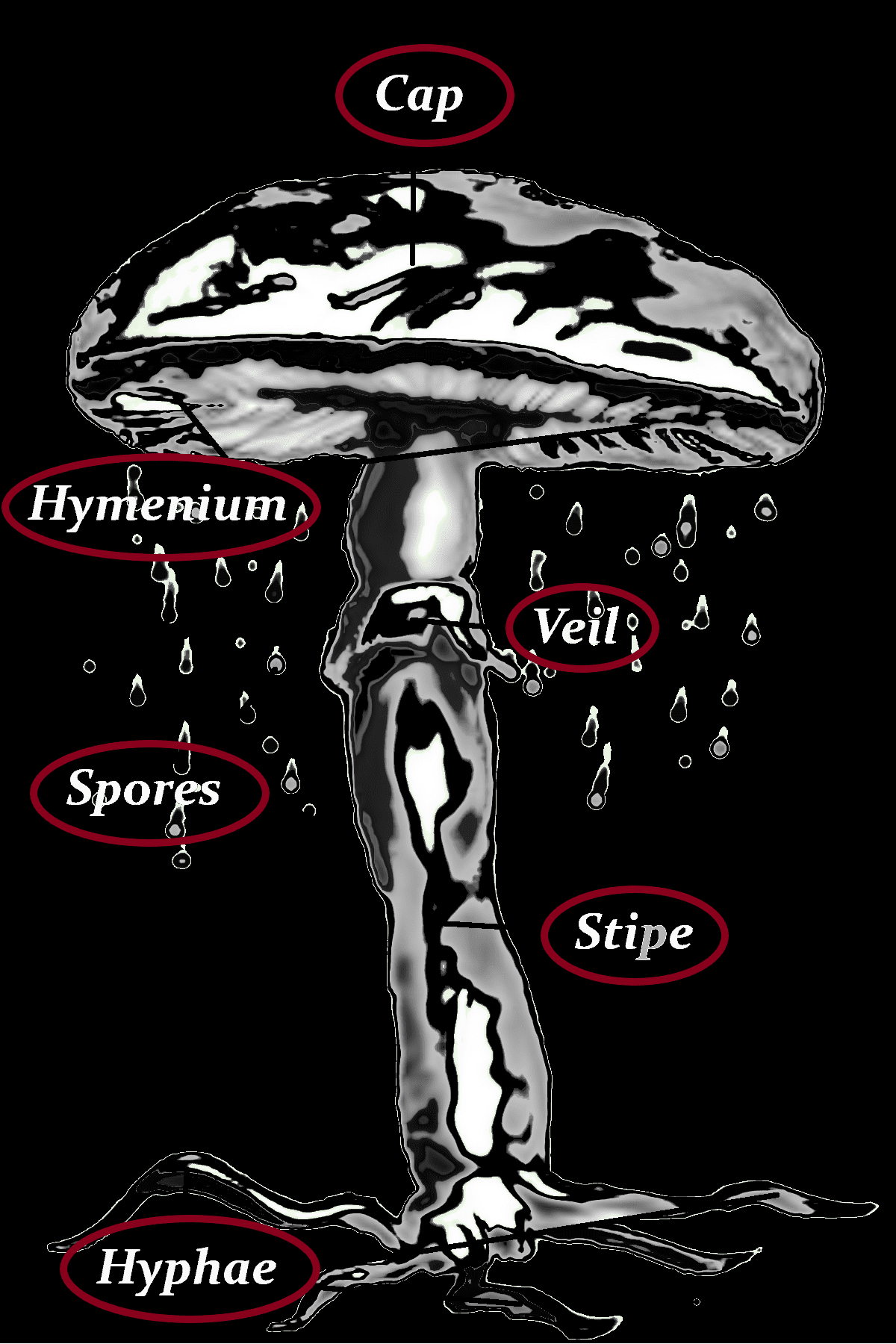
Stipe
Nude
Yellow
Full
Veil
-
Spores
Yellow to cream
6-8 x 5-7 µm
Hyphae
-
Danger of confusion
Hygrophoropsis aurantiaca, Omphalotus olearius, Cortinarius limonius, Cantharellus amethysteus, Cantharellus friesii, Cantharellus pallens, Hygrophoropsis rufa, Cantharellus melanoxeros, Hygrocybe turunda, Cortinarius rubellus,
Consuming
Gorumet Perception
Cantharellus cibarius has been a popular edible mushroom since ancient times and is traded in large quantities. Its spicy smell and peppery note make this mushroom a delicacy.
Smell
aromatic, fresh, fruity, mushroomy
Taste
aromatic, slightly spicy, peppery
Flesh
from white to yellow
Here’s how to unlock the true root of Your Brain
– Without worrying about low quality ingredients
Nutritional content of 100g
| Water | 89.8g |
| Energy | 32kcal |
| Energy | 135kJ |
| Protein | 1.49g |
| Total lipid (fat) | 0.53g |
| Ash | 1.26g |
| Carbohydrate, by difference | 6.86g |
| Fiber, total dietary | 3.8g |
| Sugars, total including NLEA | 1.16g |
| Sucrose | 0g |
| Glucose | 1.16g |
| Fructose | 0g |
| Lactose | 0g |
| Maltose | 0g |
| Galactose | 0g |
| Calcium, Ca | 15mg |
| Iron, Fe | 3.47mg |
| Magnesium, Mg | 13mg |
| Phosphorus, P | 57mg |
| Potassium, K | 506mg |
| Sodium, Na | 9mg |
| Zinc, Zn | 0.71mg |
| Copper, Cu | 353mg |
| Manganese, Mn | 286mg |
| Selenium, Se | 2.2µg |
| Thiamin | 15mg |
| Riboflavin | 215mg |
| Niacin | 4.8mg |
| Pantothenic acid | 1.8mg |
| Vitamin B-6 | 44mg |
| Folate, total | 2µg |
| Folic acid | 0µg |
| Folate, food | 2µg |
| Folate, DFE | 2µg |
| Vitamin D (D2 + D3), International Units | 212IU |
| Vitamin D (D2 + D3) | 5.3µg |
| Vitamin D2 (ergocalciferol) | 5.3µg |
| Vitamin D3 (cholecalciferol) | 0µg |
| Fatty acids, total trans | 0µg |
| Stigmasterol | 0mg |
| Campesterol | 1mg |
| Beta-sitosterol | 0mg |
© U.S. Department Of Agriculture
Composition
Immunostimulating Compounds
Polysaccharid (β-Glucan)
Function: These complex carbohydrates strengthen the immune system.
Benefit: They are known for their anti-cancer properties and support the body in the fight against tumors.
Lectine
Function: Proteins that bind to specific carbohydrates.
Benefit: They have immunomodulating effects and can inhibit the growth of cancer cells.
Proteoglycans
Function: Molecules that combine proteins and carbohydrates.
Benefit: They support cell communication and have anti-tumor properties.
Antioxidant ingredients
Phenolic compounds
Function: Antioxidants that neutralize free radicals.
Benefit: They protect cells from damage caused by oxidative stress and have anti-inflammatory properties.
Selenium
Function: An essential trace element with an antioxidant effect.
Benefit: It supports the immune system and protects against cell damage.
Fatty acids
Linoleic acid
Function: An essential fatty acid required in the diet.
Benefit: It helps reduce inflammation and supports cardiovascular health.
Unique/Important Ingredients
--
-
--
-
Vitamin-Rich Components
--
Funktion: --
Nutzen: --
--
Funktion: --
Nutzen:--
--
Funktion: --
Nutzen: --
--
Funktion: --
Nutzen: --
other names
other names
| Chinesisch (traditionell) | 雞油菇 |
| Chinesisch (vereinfacht) | 鸡油菌 |
| Deutsch | Echter Pfifferling |
| Deutsch | Eierschwammerl |
| Deutsch | Pfifferling |
| Dänisch | Almindelig kantarel |
| Englisch | Golden Chanterelle |
| Estnisch | harilik kukeseen |
| Finnisch | keltavahvero |
| Französisch | Girolle |
| Galizisch | Cantarelo |
| Italienisch | Finferlo |
| Italienisch | Galletto |
| Italienisch | Gallinaccio |
| Italienisch | Gialletto |
| Japanisch | アンズタケ |
| Karanga | chihombiro |
| Katalanisch | Rossinyol |
| Katalanisch | Vaqueta |
| Koreanisch | 꾀꼬리버섯 |
| Litauisch | Valgomoji voveraitė |
| Nahuatl | Tecosa |
| Niederländisch | Hanenkam |
| Norwegisch | kantarell |
| Polnisch | Pieprznik jadalny |
| Portugiesisch | Rapazinho |
| Russisch | Лисичка обыкновенная |
| Schwedisch | Kantarell |
| Shona | chihumbiro |
| Spanisch | Anacate |
| Spanisch | Chantarela |
| Spanisch | Rebozuelo |
| Thailändisch | เห็ดมันปู |
| Tschechisch | liška obecná |
| Türkisch | kantarel mantarı |
| Türkisch | sarıkız mantarı |
| Ukrainisch | Лисичка справжня |
| Ungarisch | Sárga rókagomba |
| Wissenschaftl. Name | Cantharellus cibarius |
| Wissenschaftl. Name | Cantharellus cibarius cibarius |
| Zezuru | chihombiri |
Agaricus Cantharellus, Merulius Cantharellus, Cantharellus Vulgaris, Merulius Cibarius, Cantharellus Rufipes, Cantharellus Cibarius Var. Amethysteus, Cantharellus Cibarius Var. Rufipes, Craterellus Amethysteus, Craterellus Cibarius, Merulius Amethysteus, Alectorolophoides Cibarius, Chanterel Cantharellus, Cantharellus Edulis Sacc, Cantharellus Pallens, Cantharellus Cibarius Var. Amethysteus, Cantharellus Neglectus, Chanterel Chantarellus, Cantharellus Cibarius Var. Albidus, Cantharellus Pallens, Merulius Cibarius, Echter Pfifferling, Eierschwamm, Rehgeiserl, Reherl, Gelblättriger Pfifferling, Eierleistling, Dotterpilz, Echter Gelbling, Eierpilz, Recherl, Rehfüßchen, Eierschwammerl, Galluschel, Göbn, Gähling, Gänschen, Gallitschel, Gänsel, Schweinsfüsserl, Geelchen, Gehling, Gelbchen, Rilling, Gelbhänel, Gemeiner Pfifferling, Gelberla, Zechling, Marillenschwamm, Gelböhrchen, Gelbschwammerl, Nagerl, Goassrehling, Pfefferling, Rehgeiss, Rehgaißl, Rehling, Schweinsfüßerl, Röllchen, Zederling, Pfiffi
Taxonomical Hierarchy
| Kingdom | Fungi |
|---|
| Division | Basidiomycota |
| Class | Agaricomycetes |
| Order | Cantharellales |
| Family | Cantharellaceae |
| Genus | Cantharellus |
| Species | C. cibarius |
| Ecology | Mycorrhizal |
Any Sale Helps us Doing what we Love 😊










